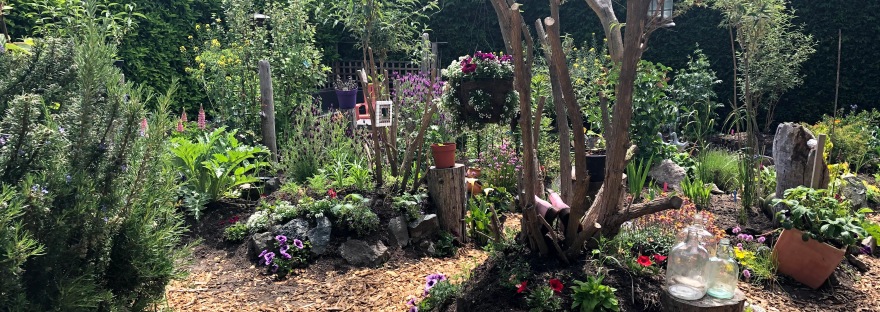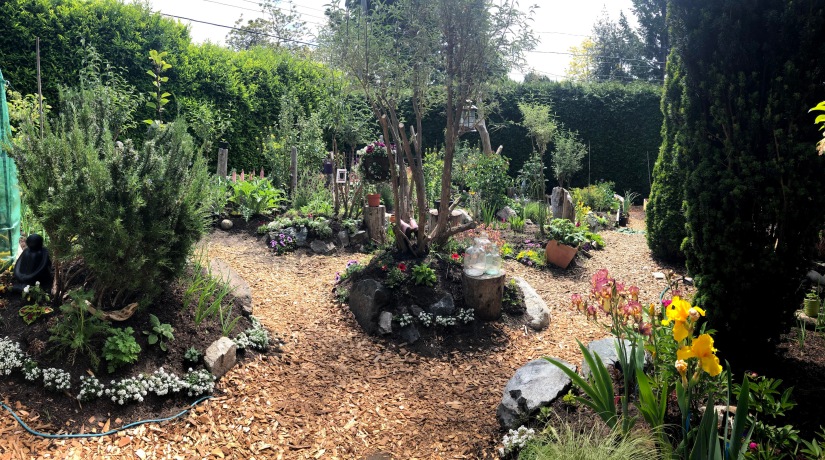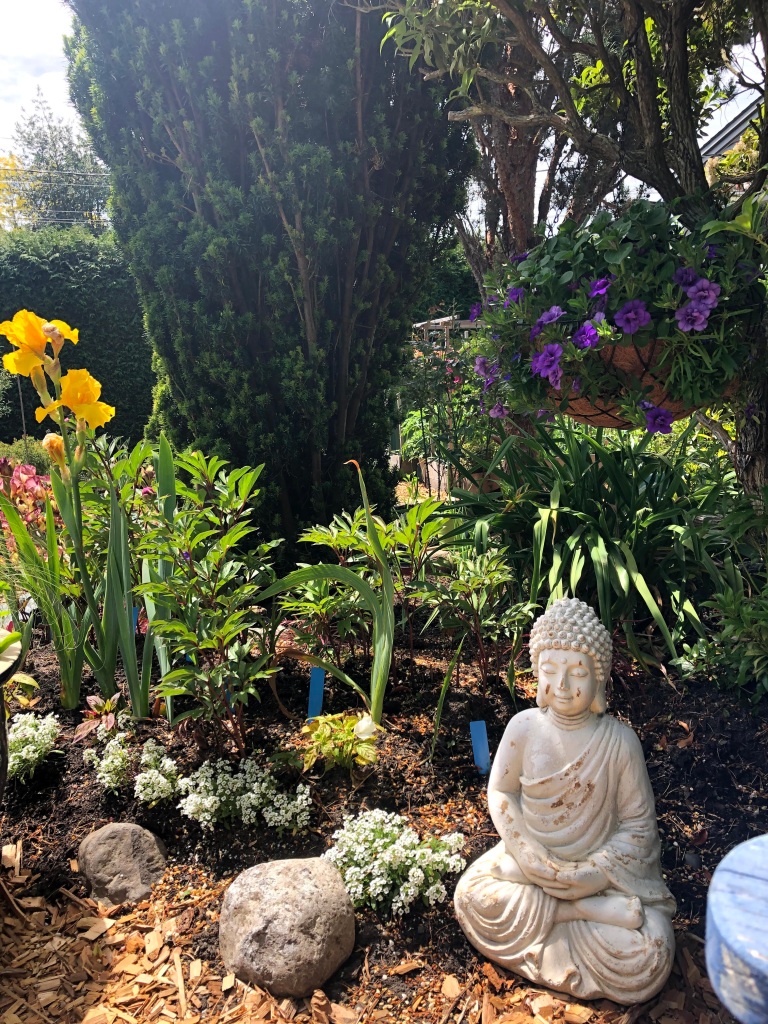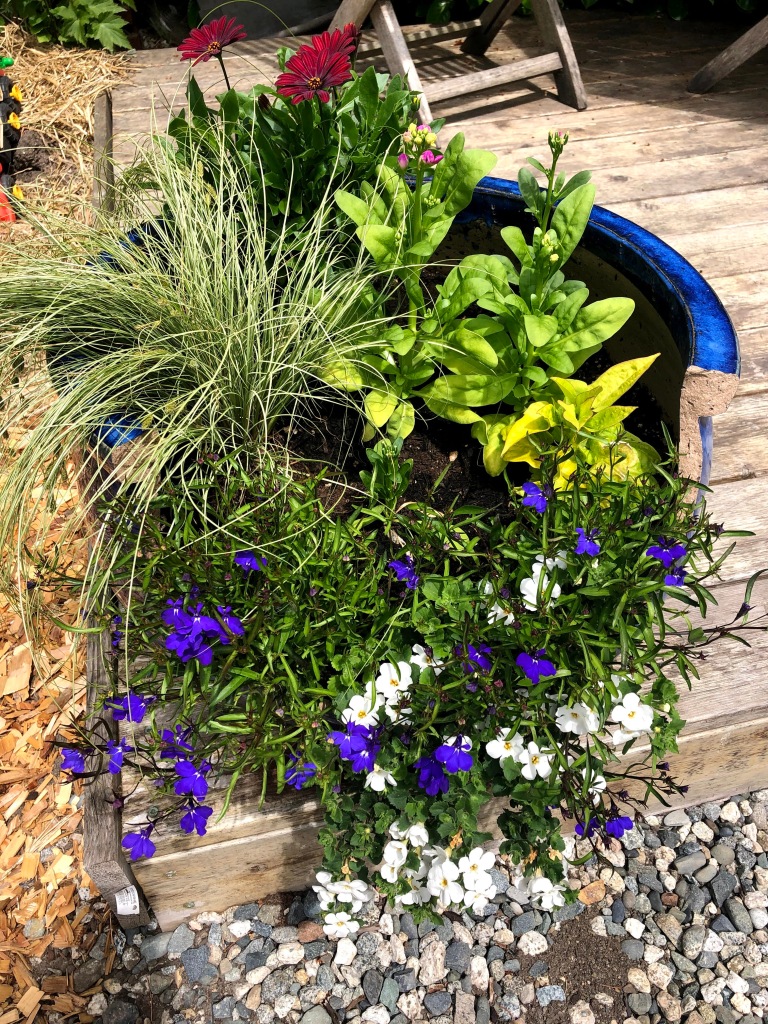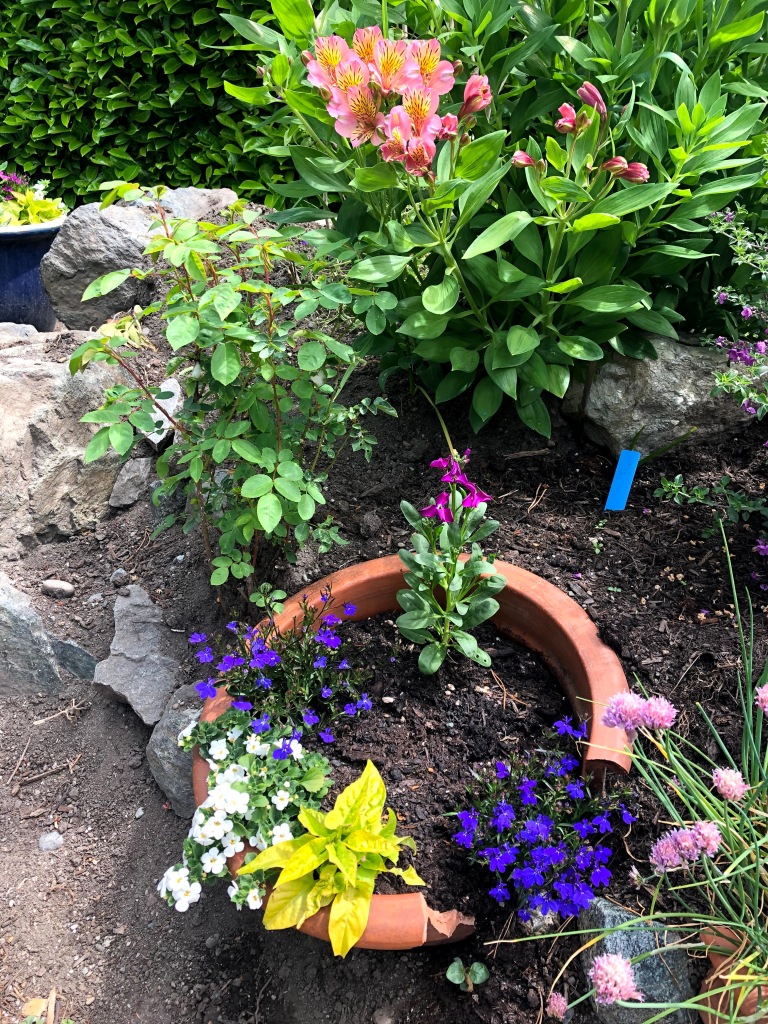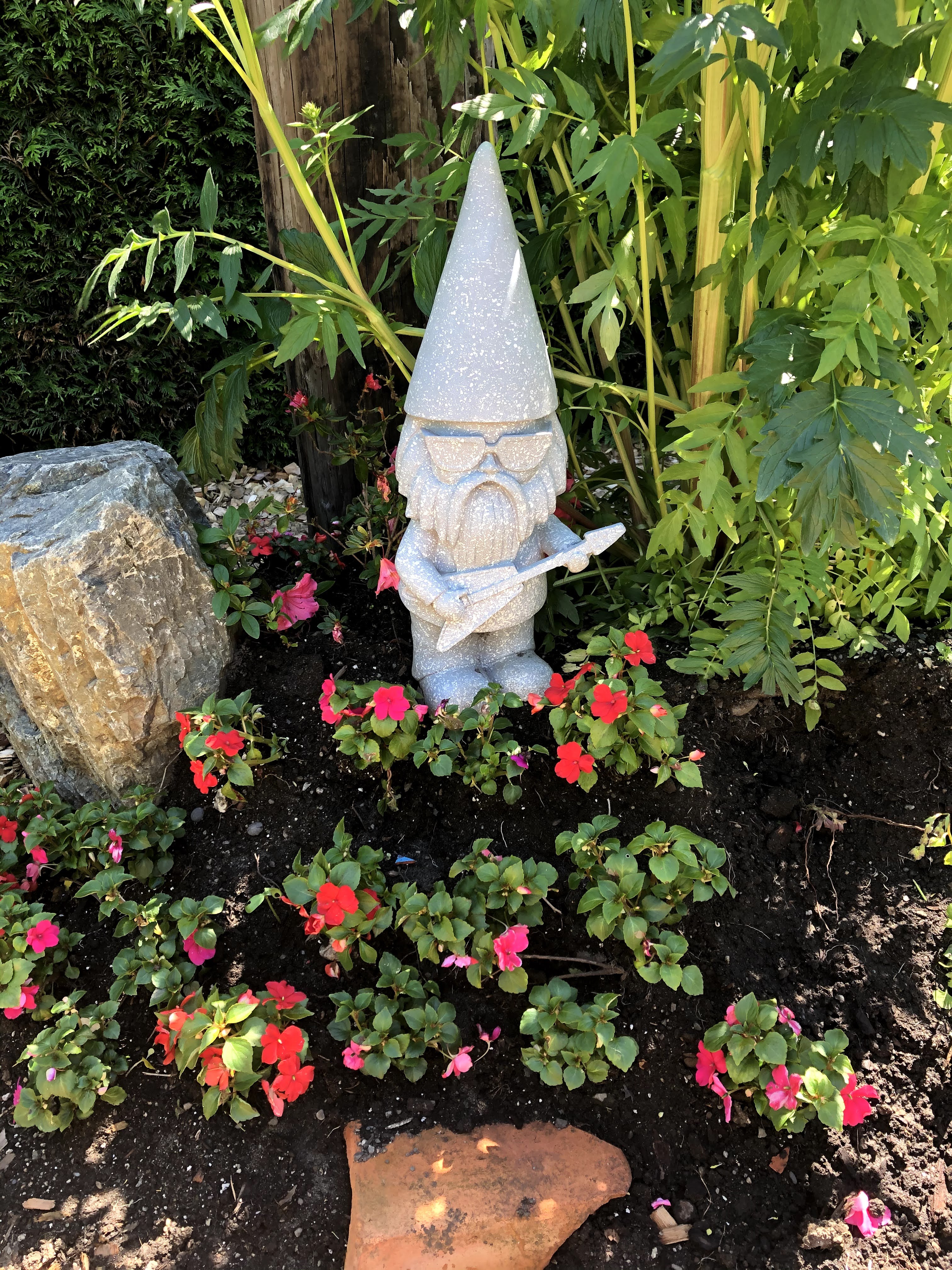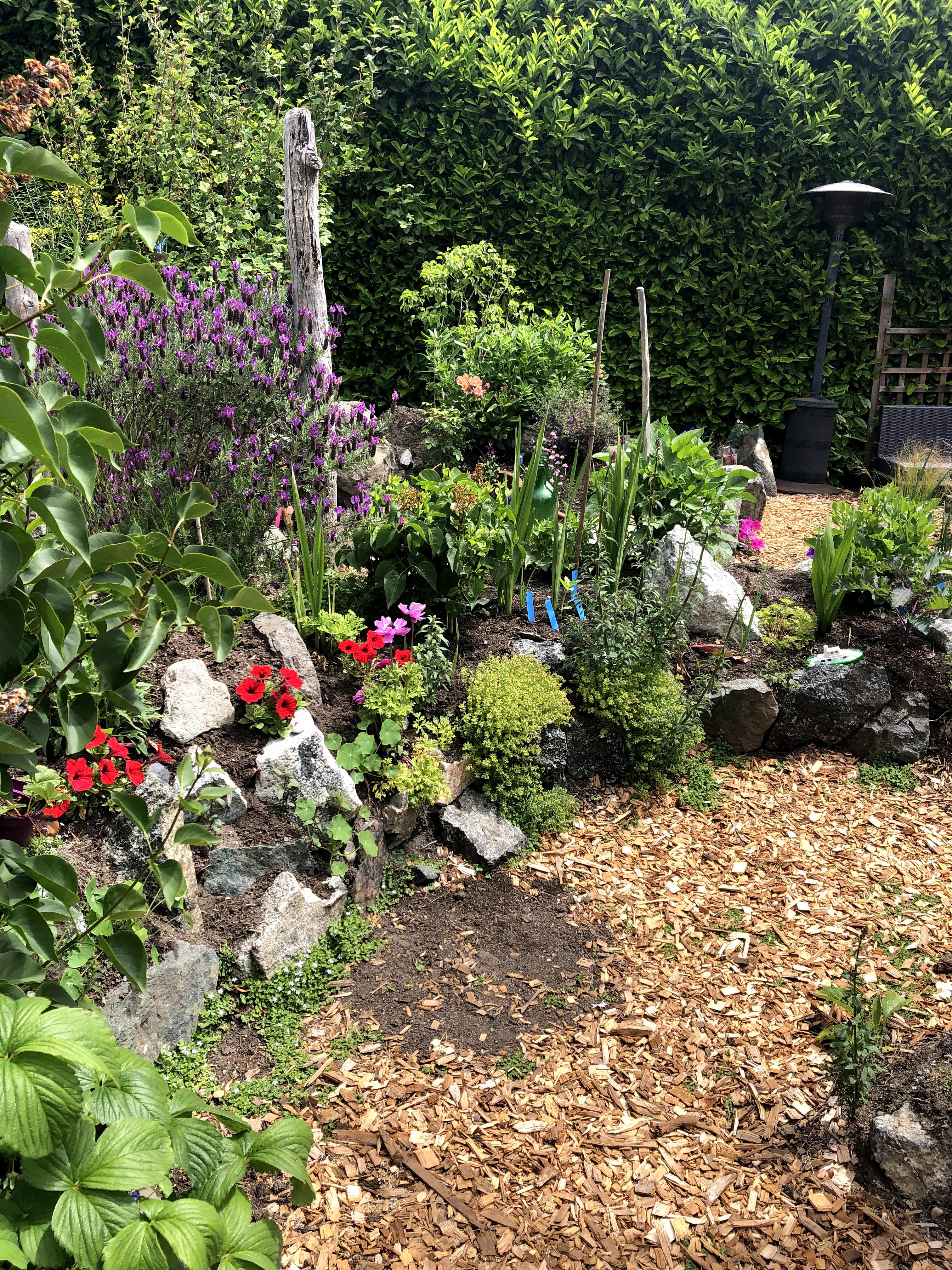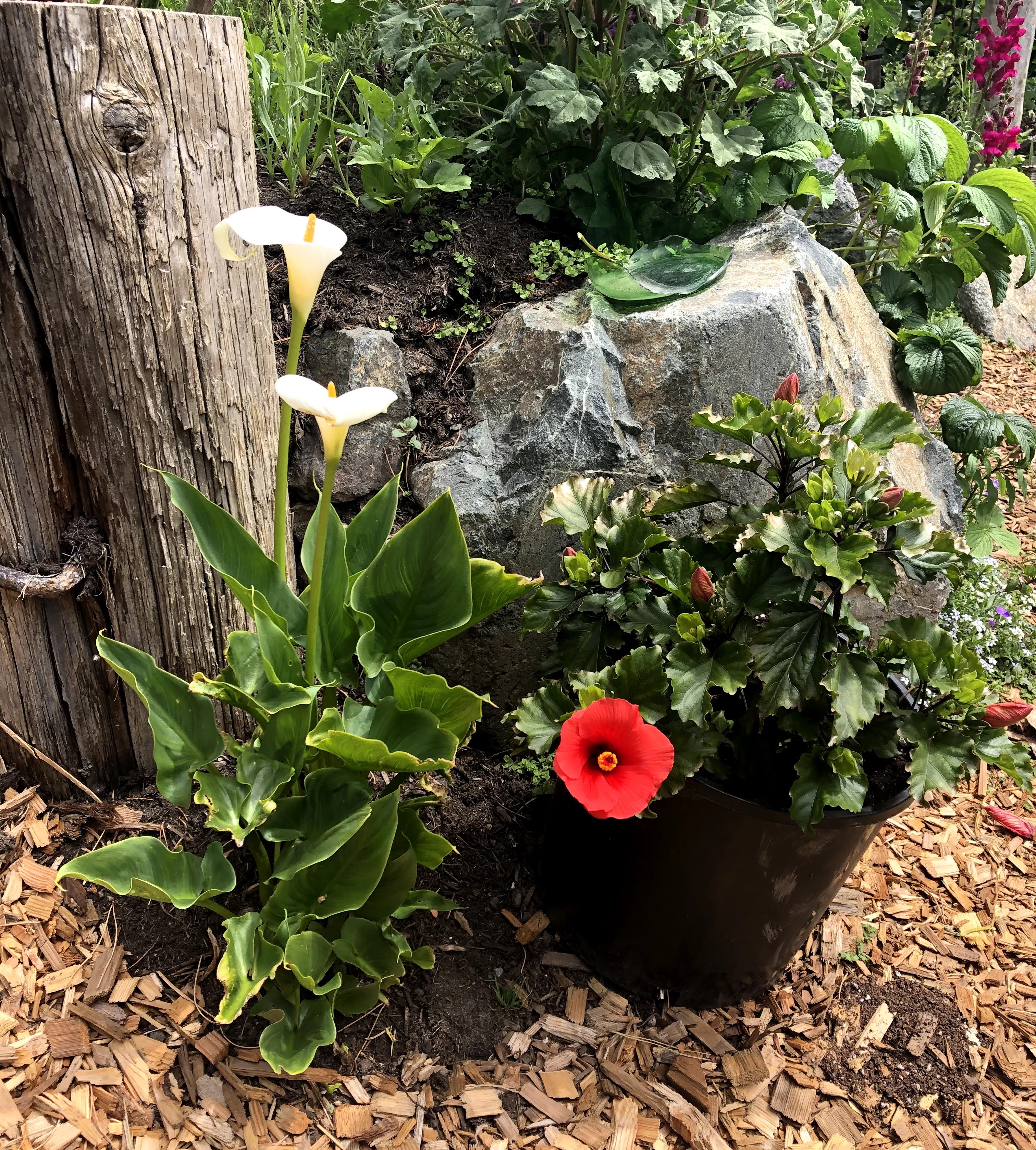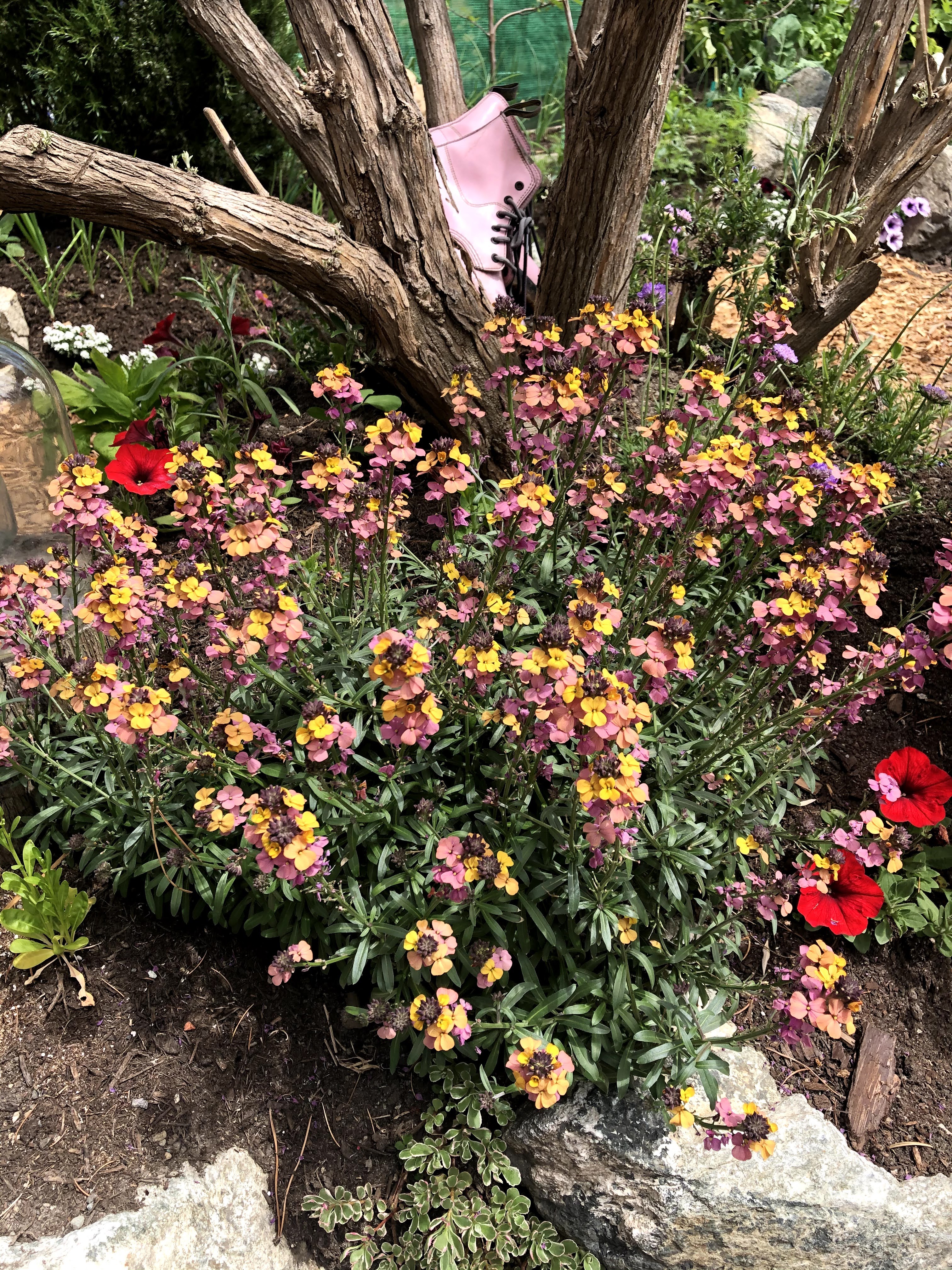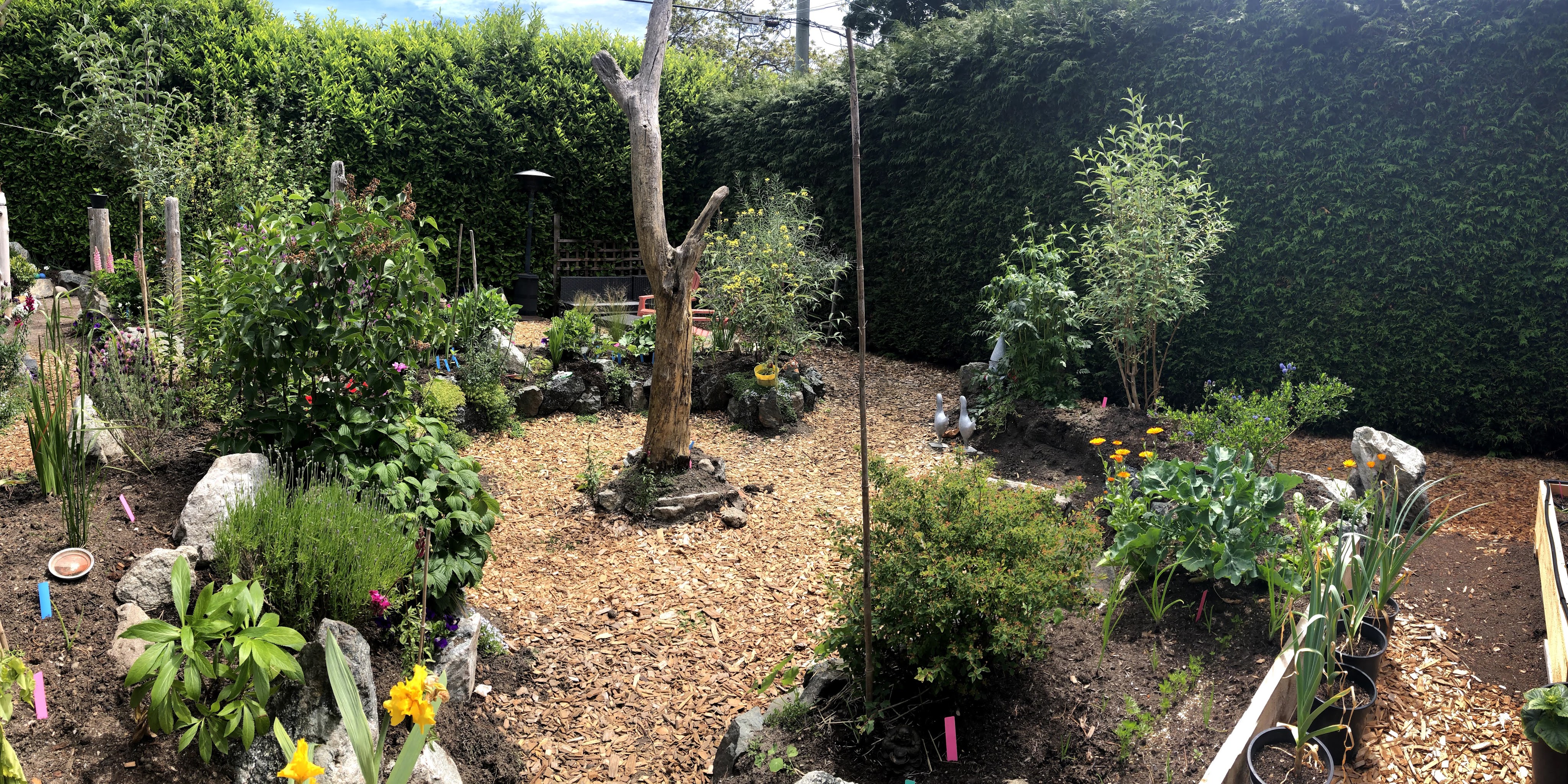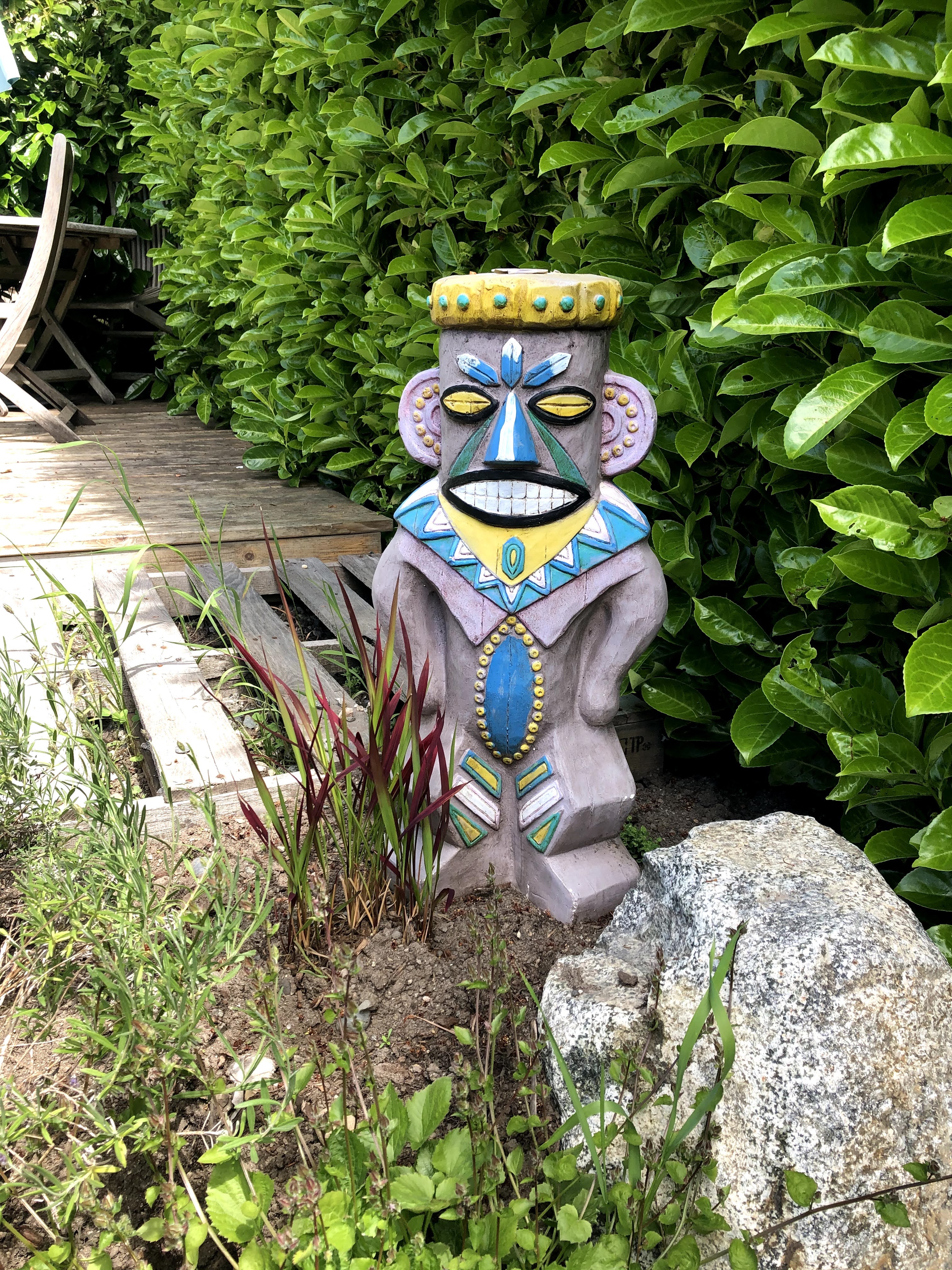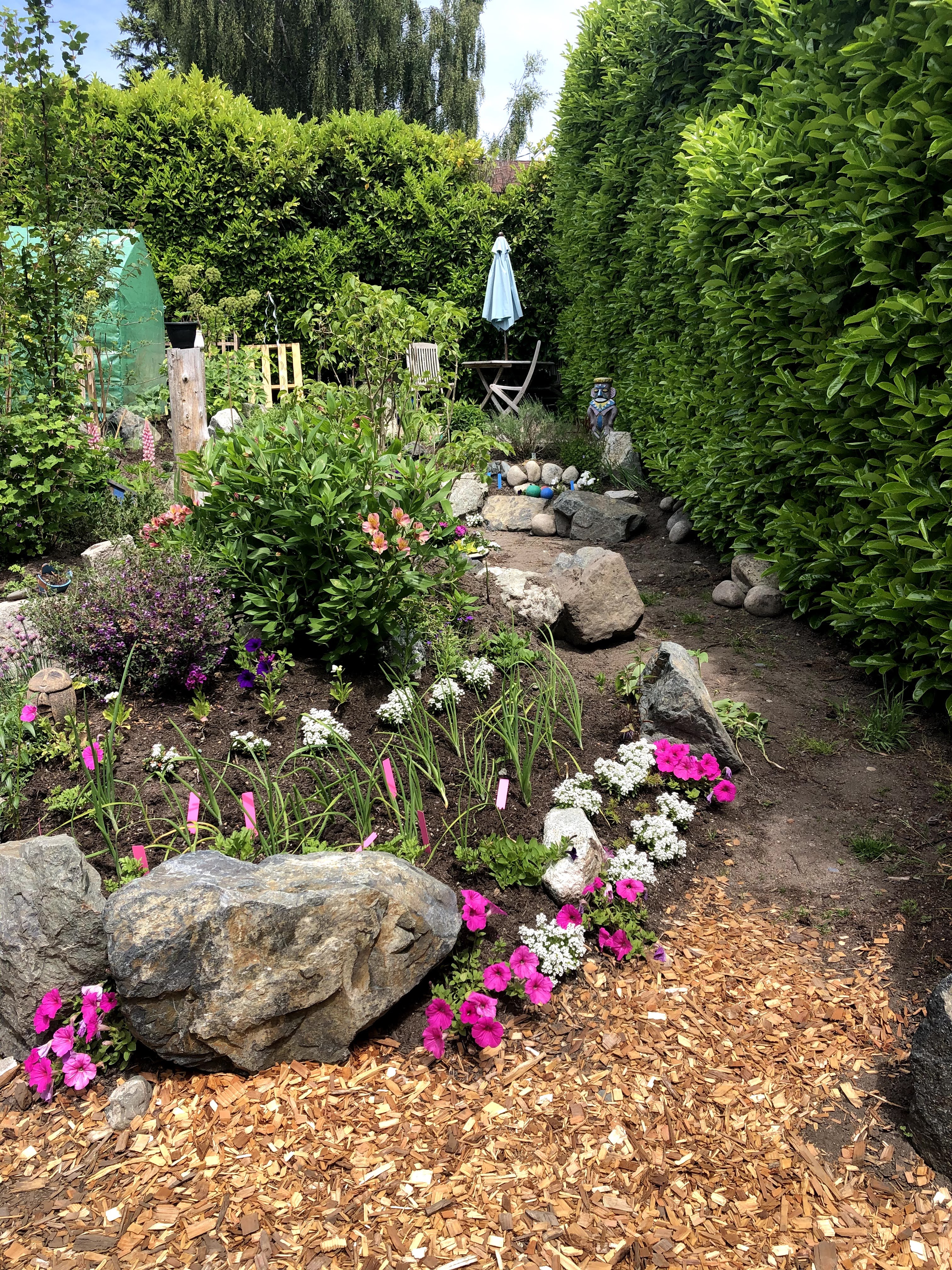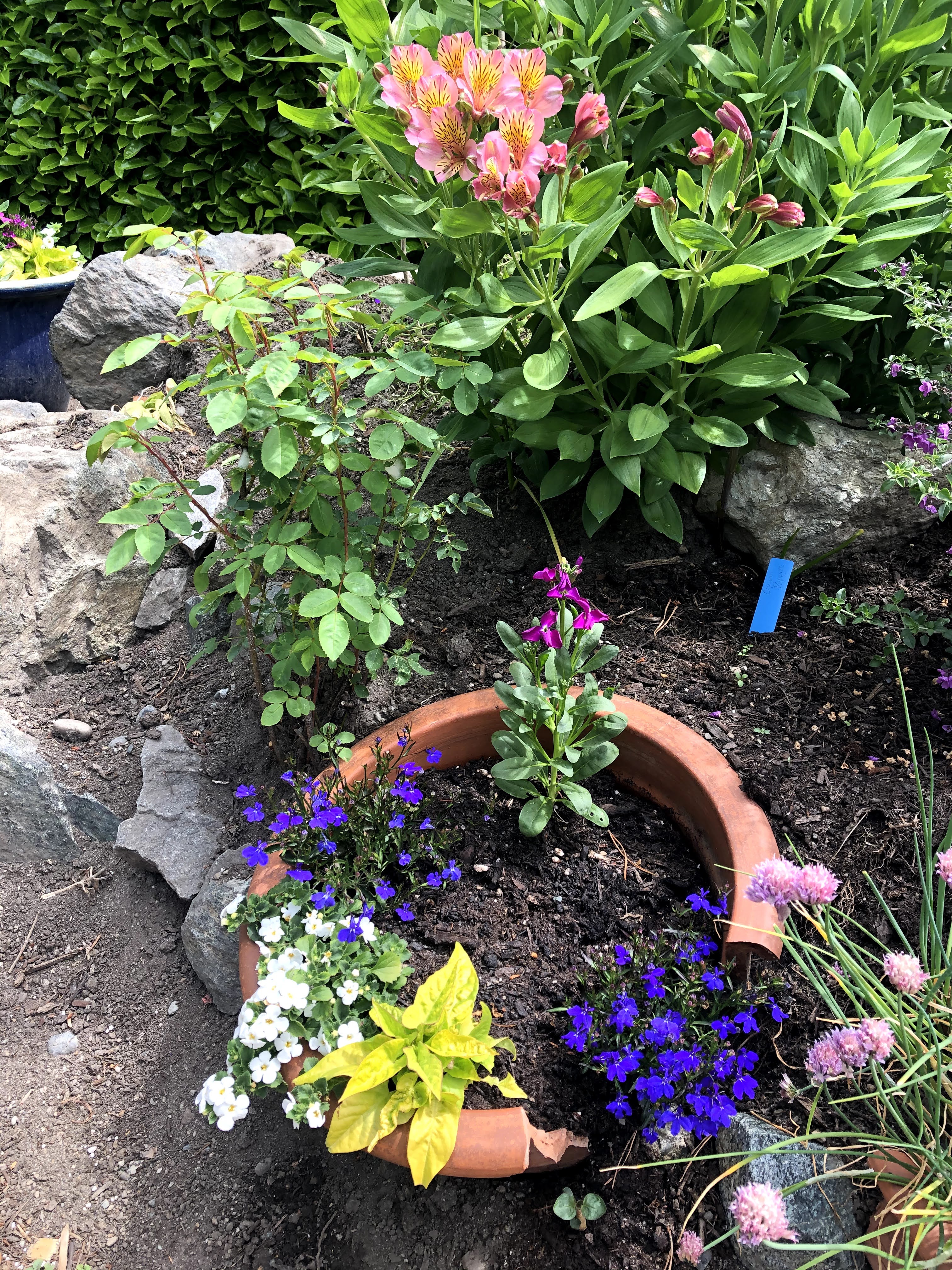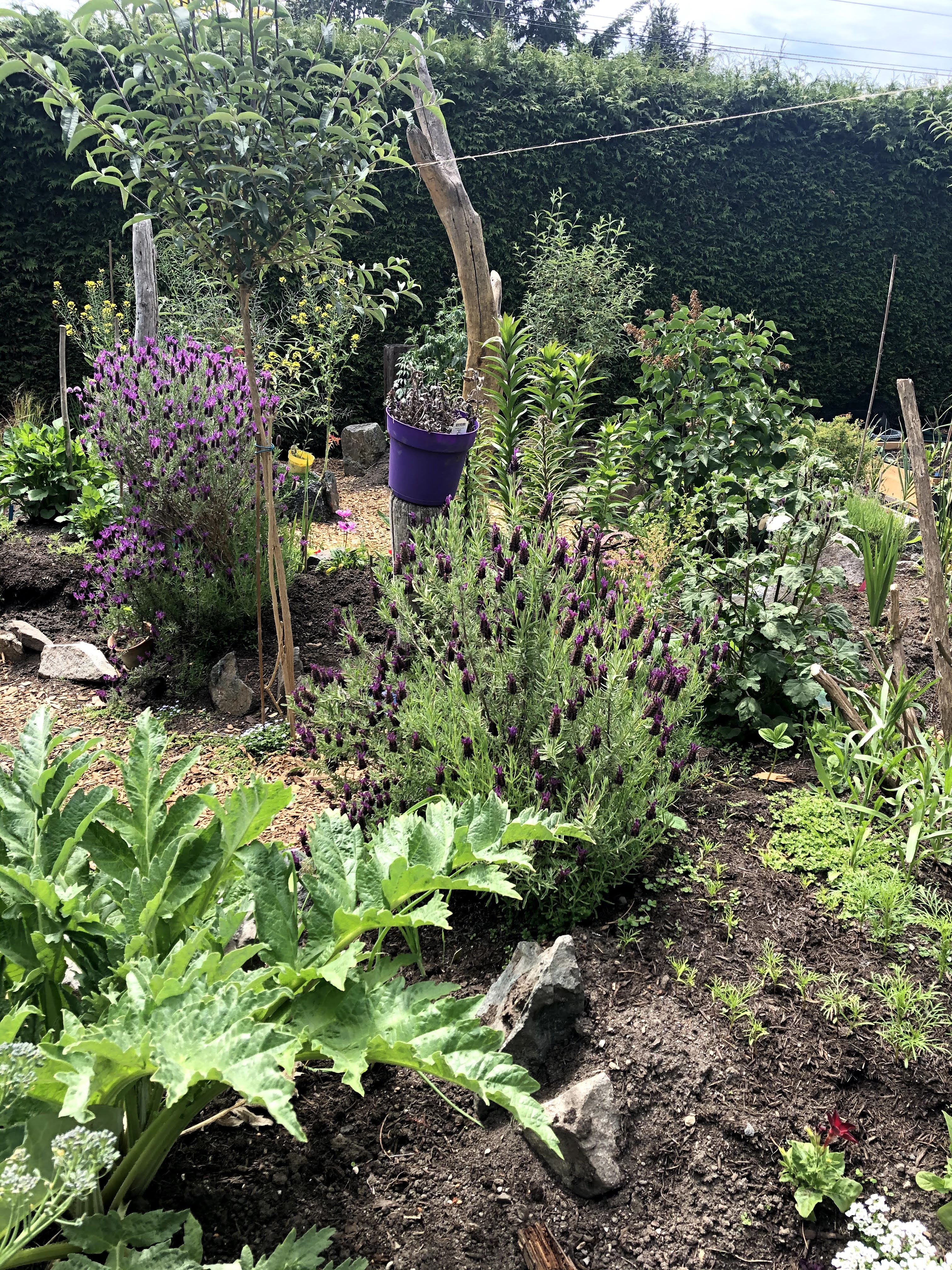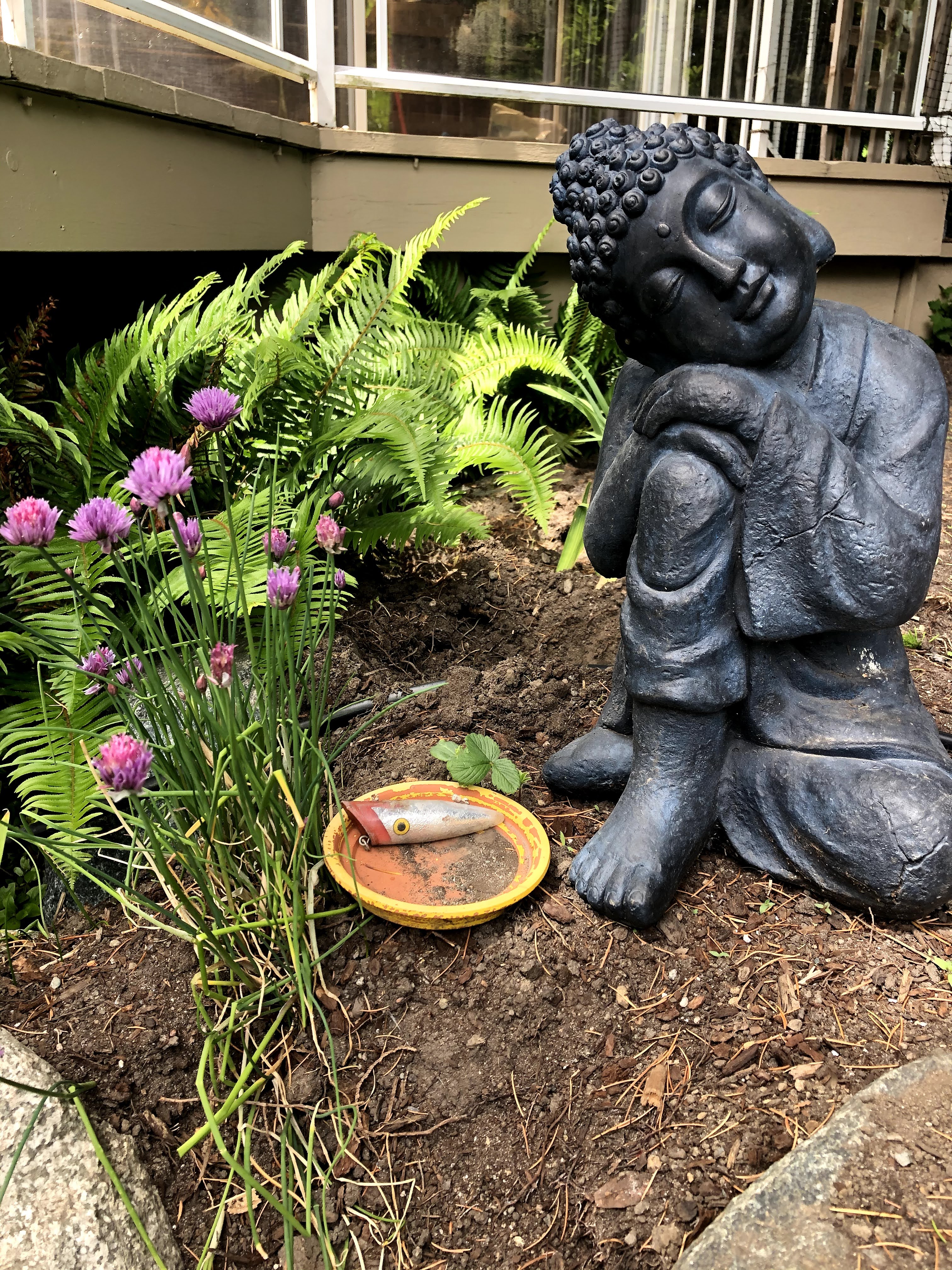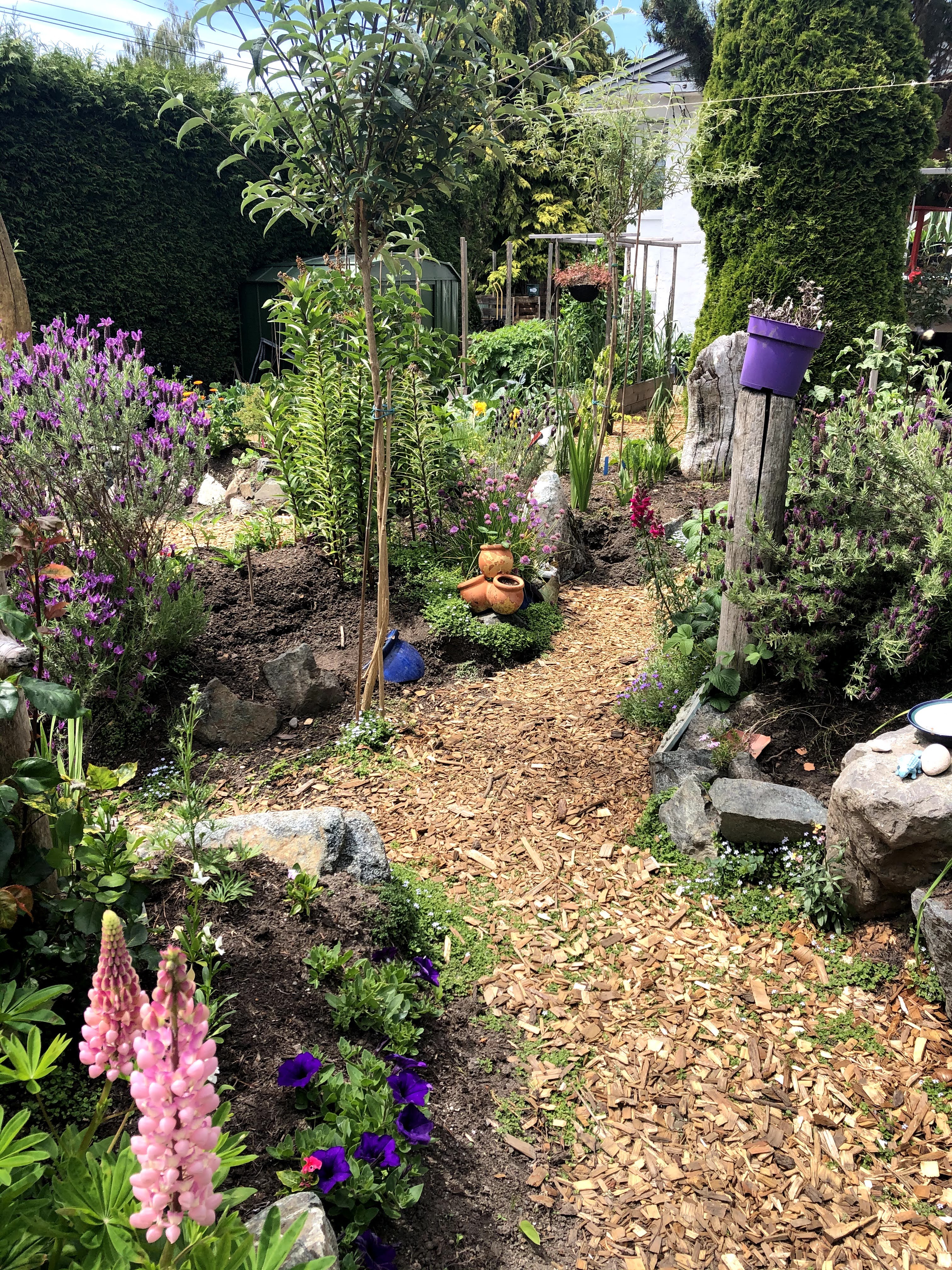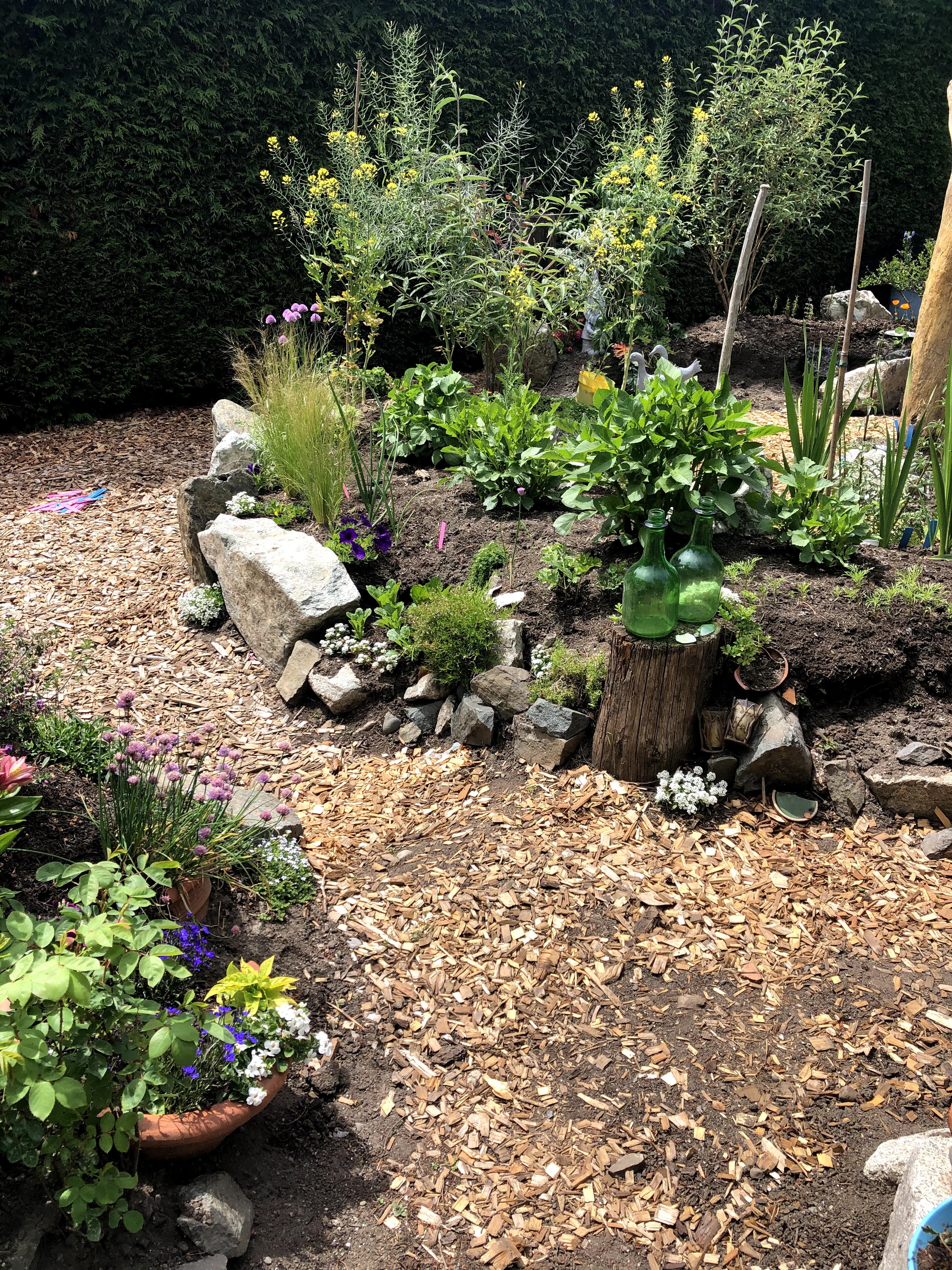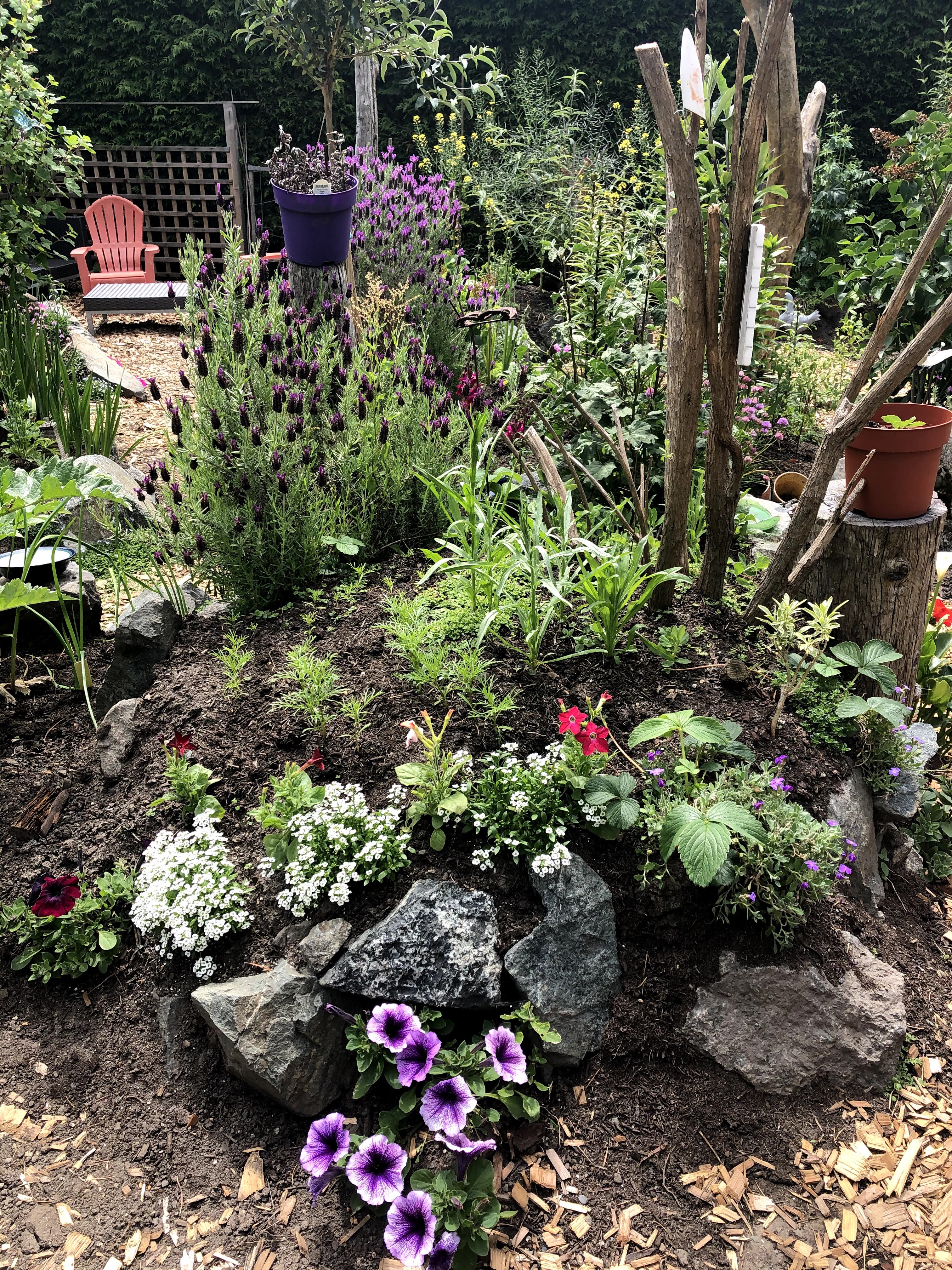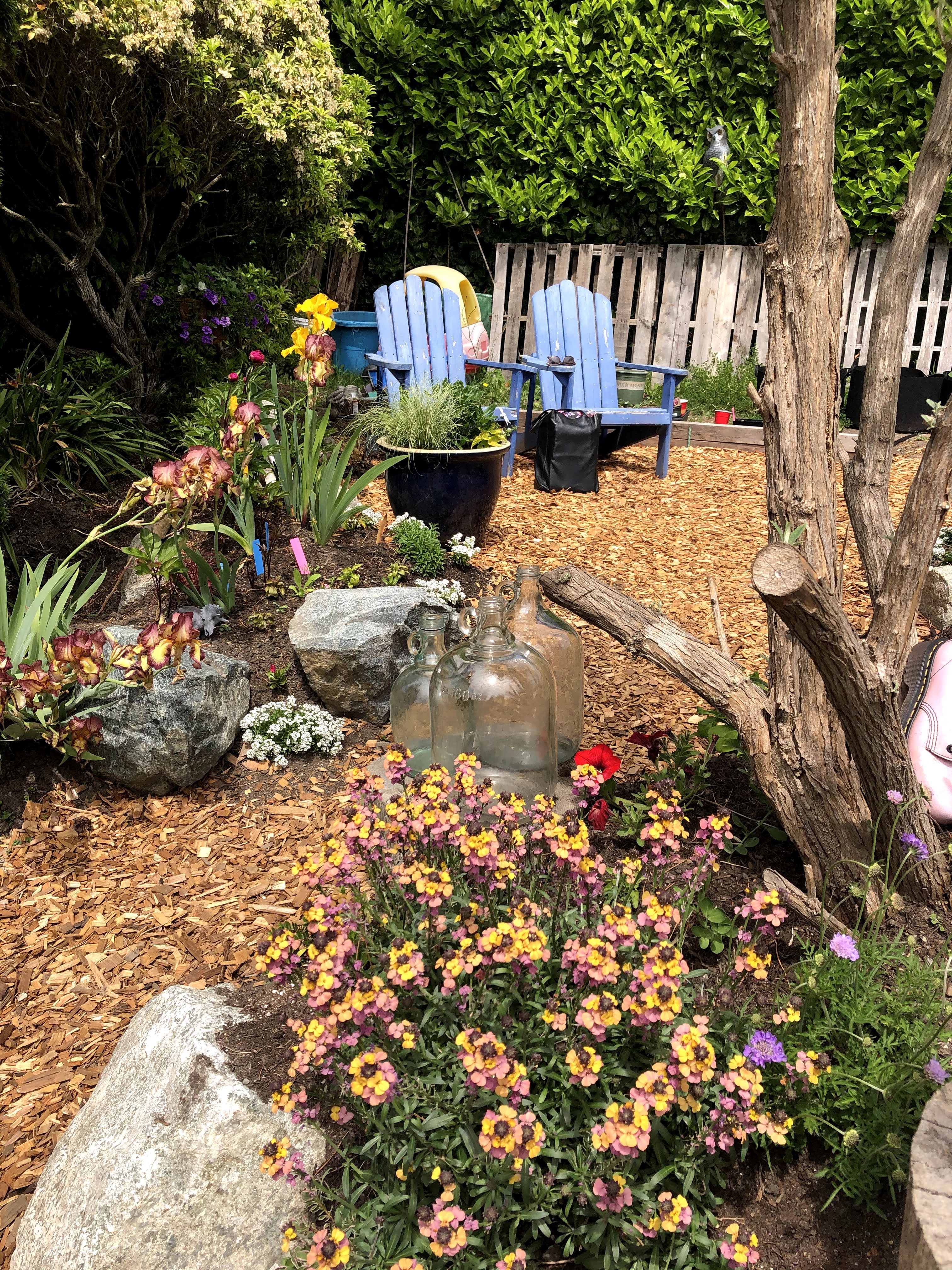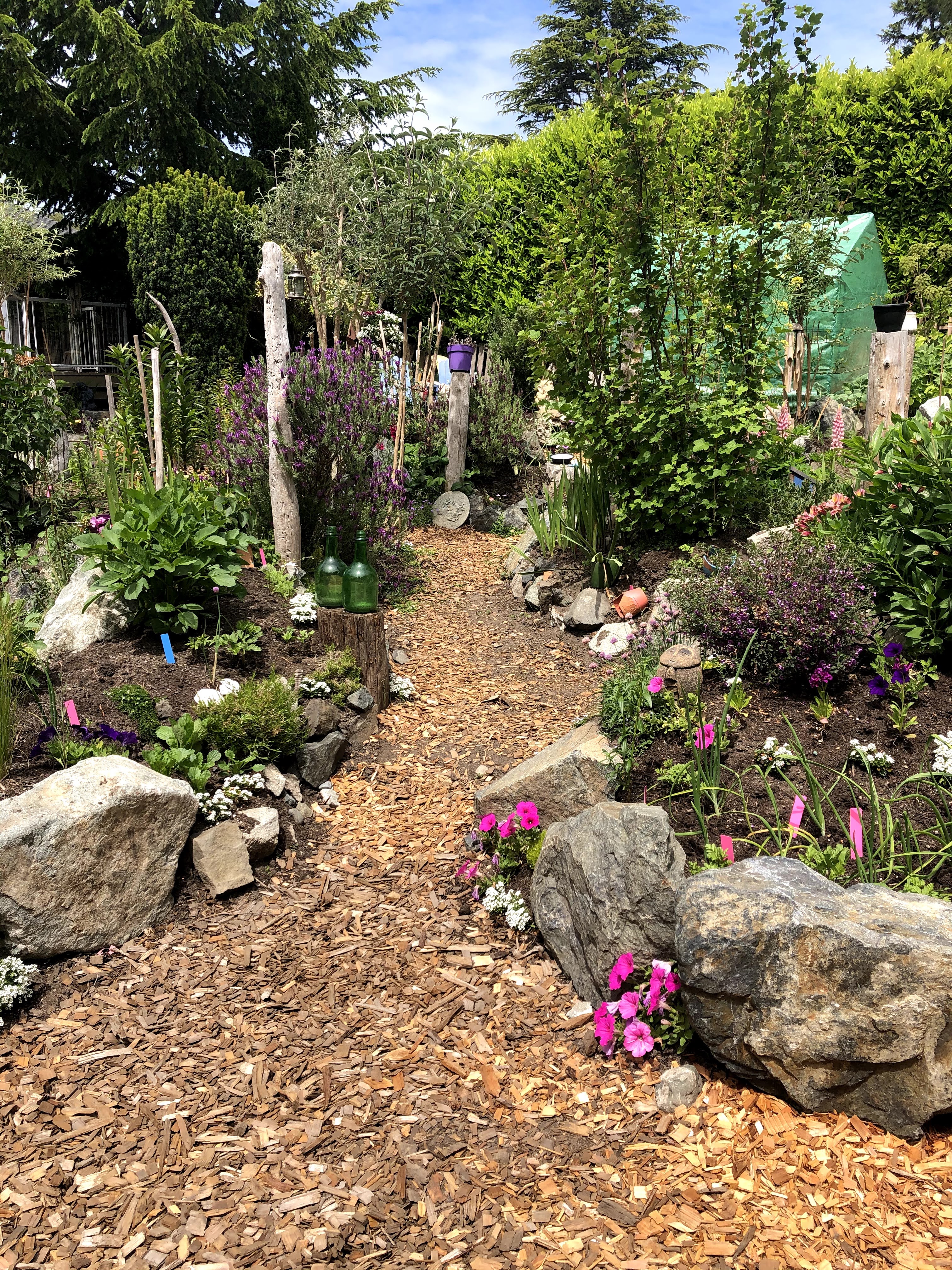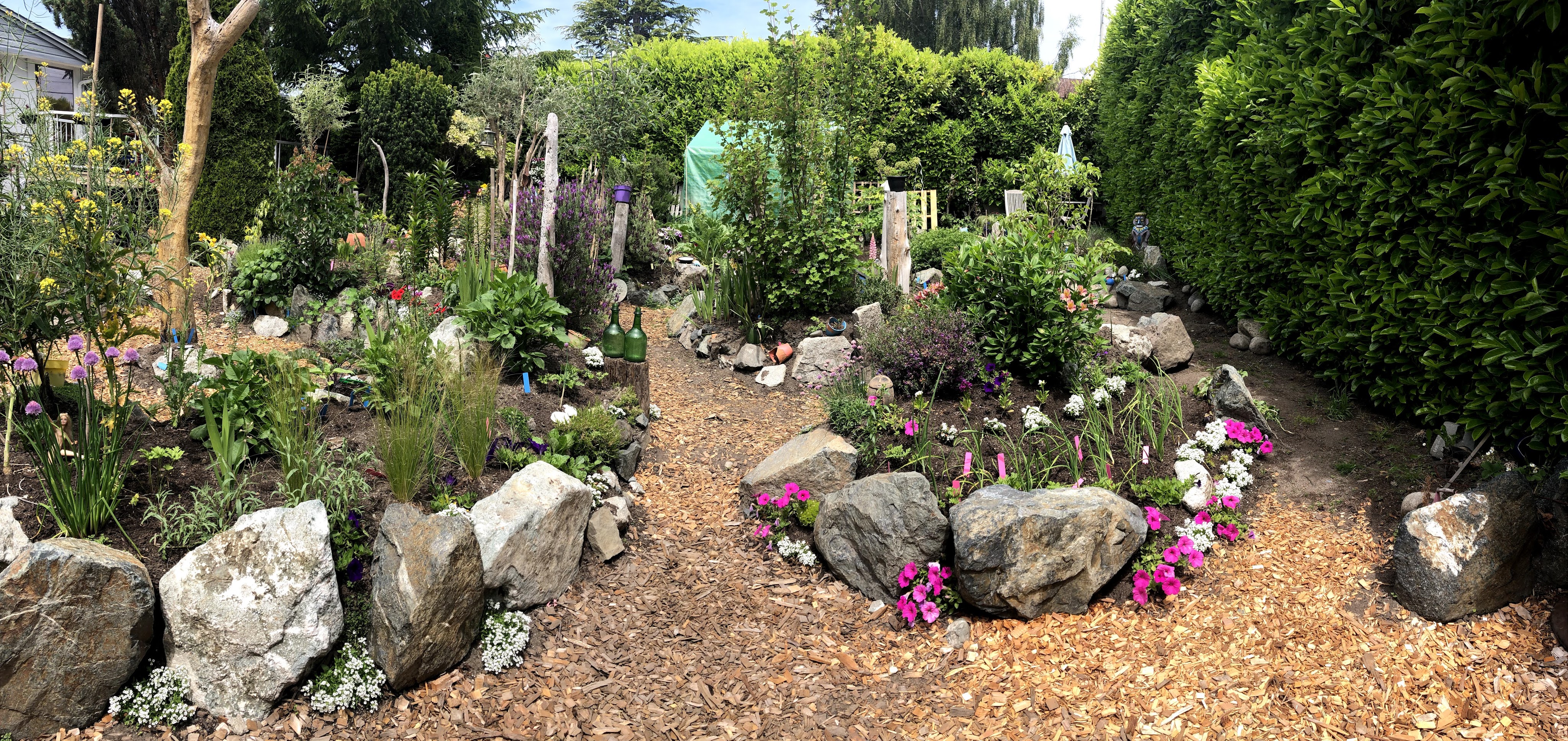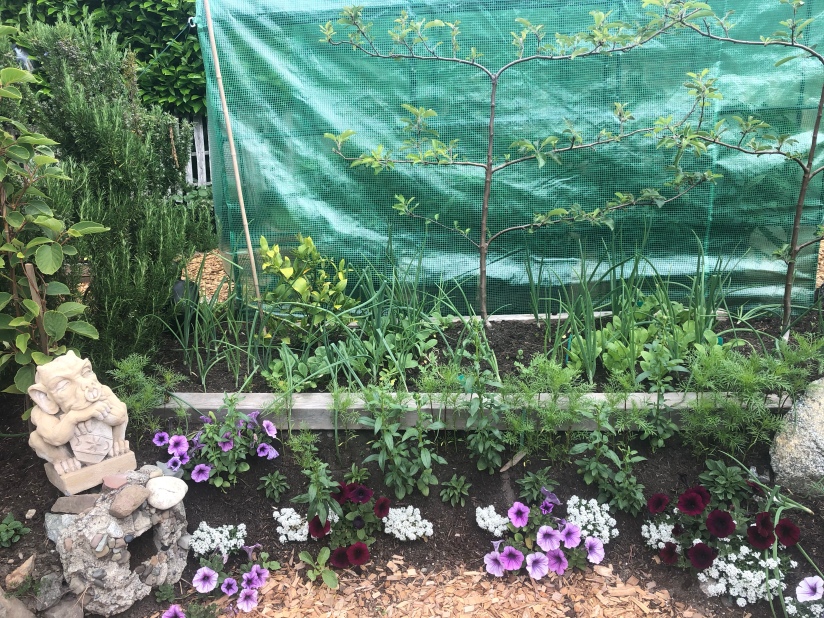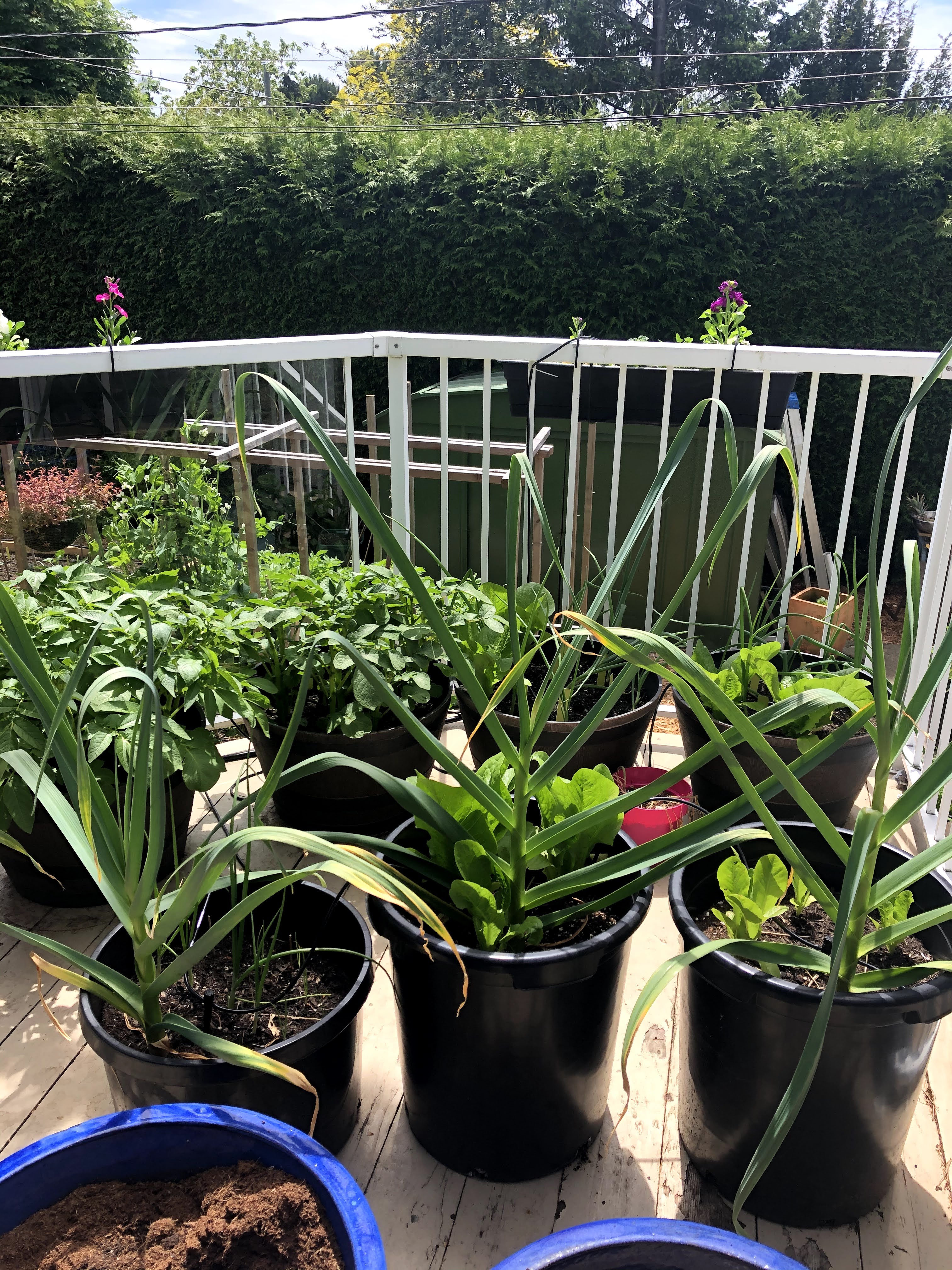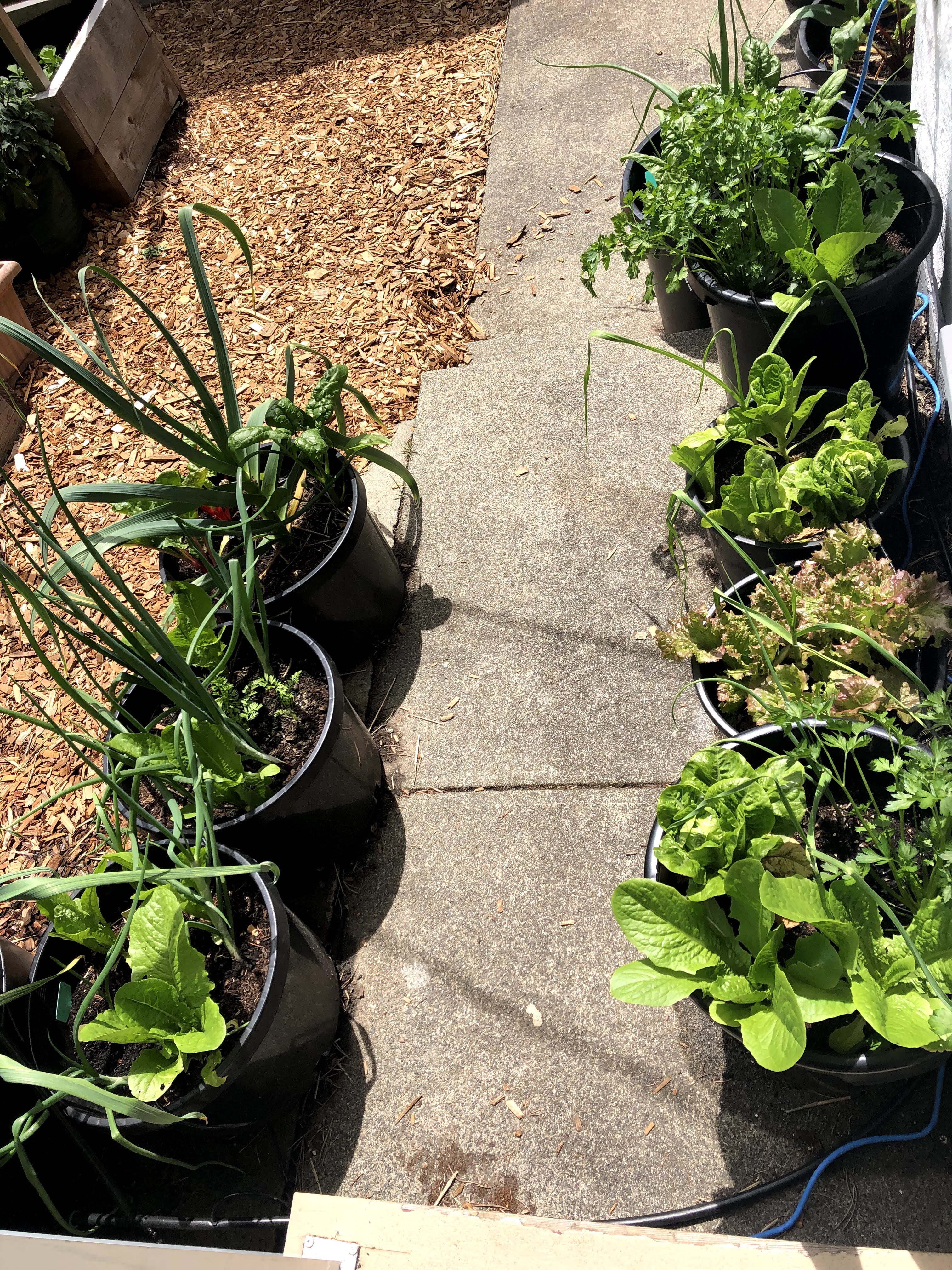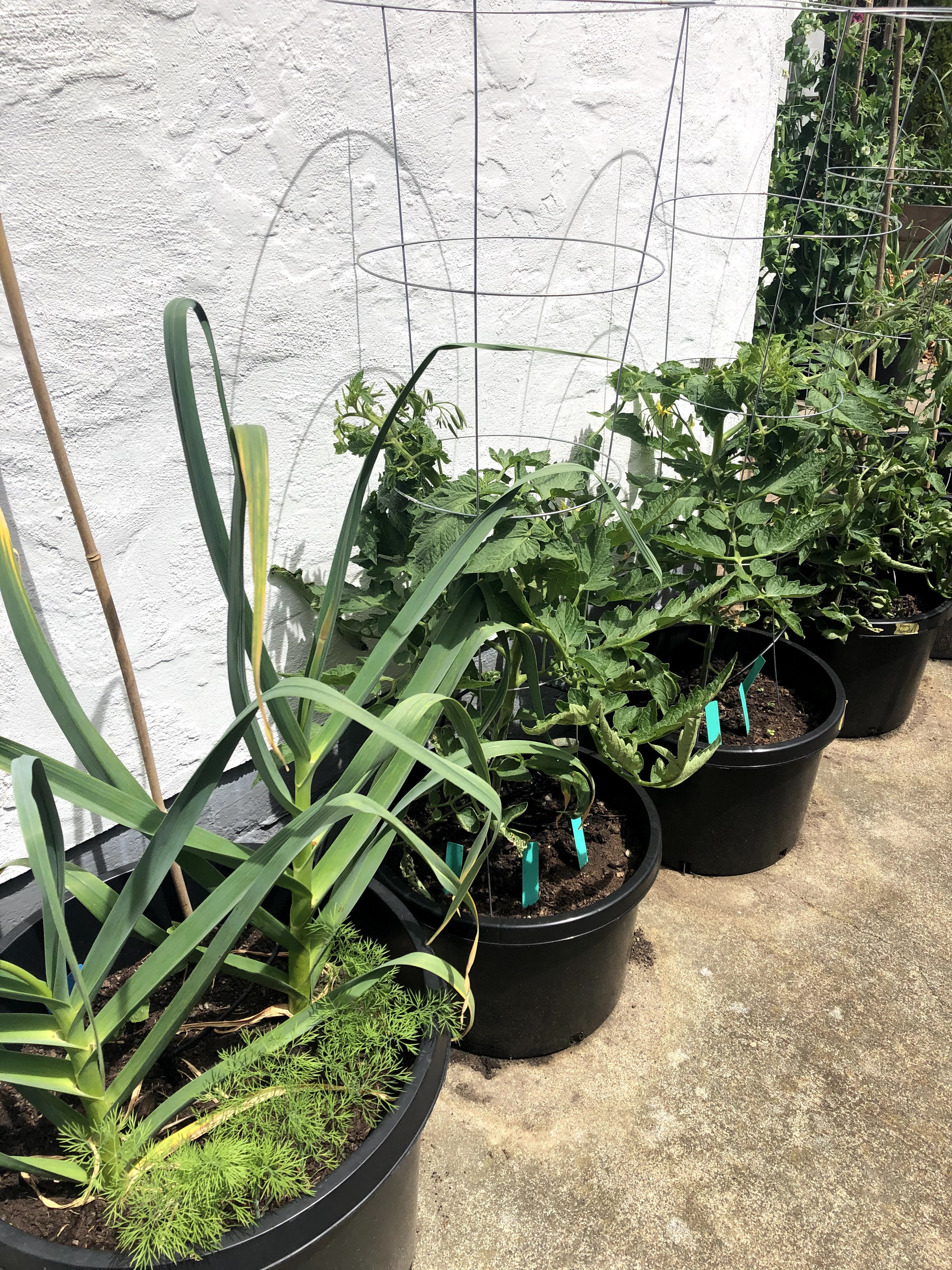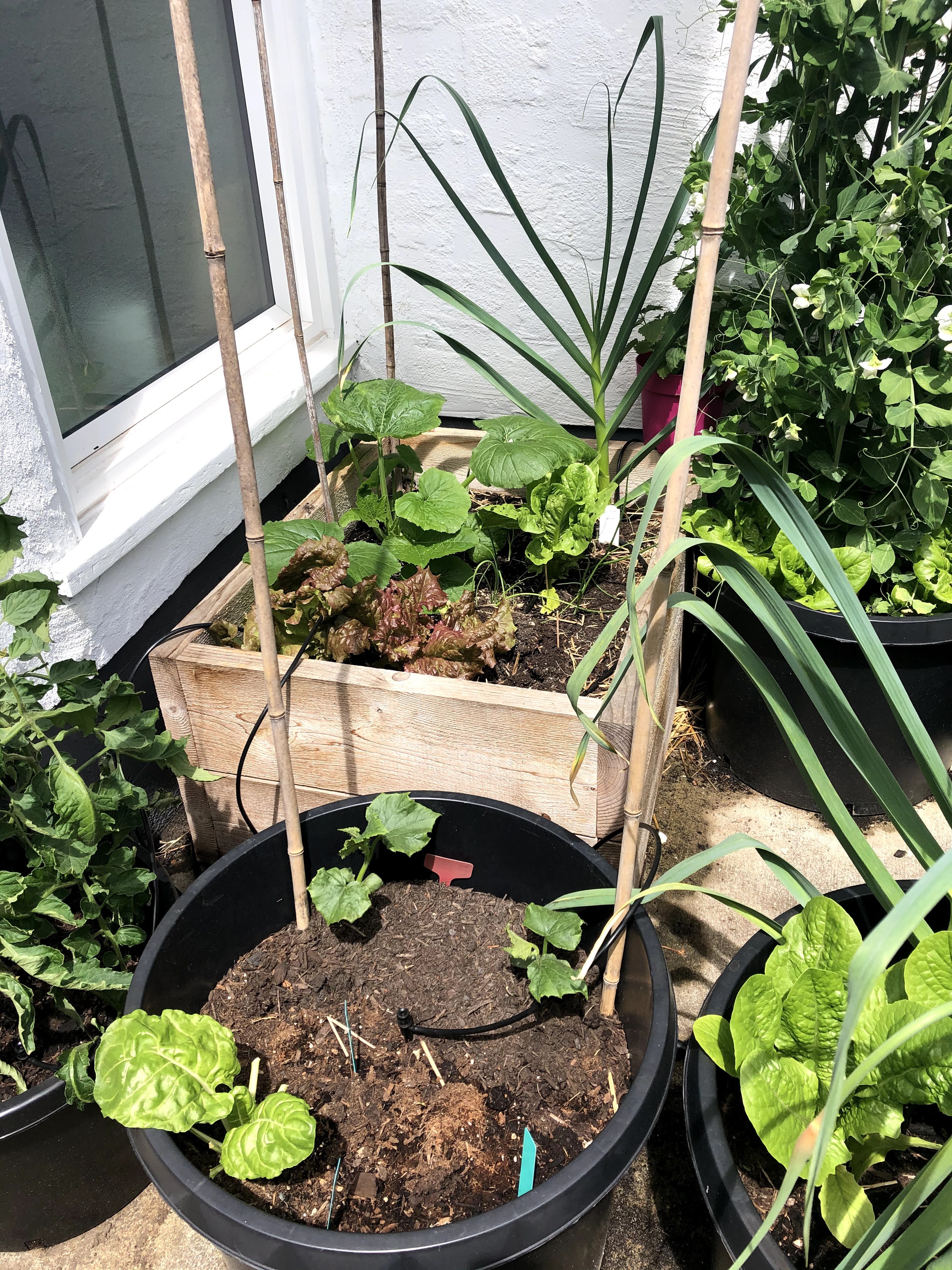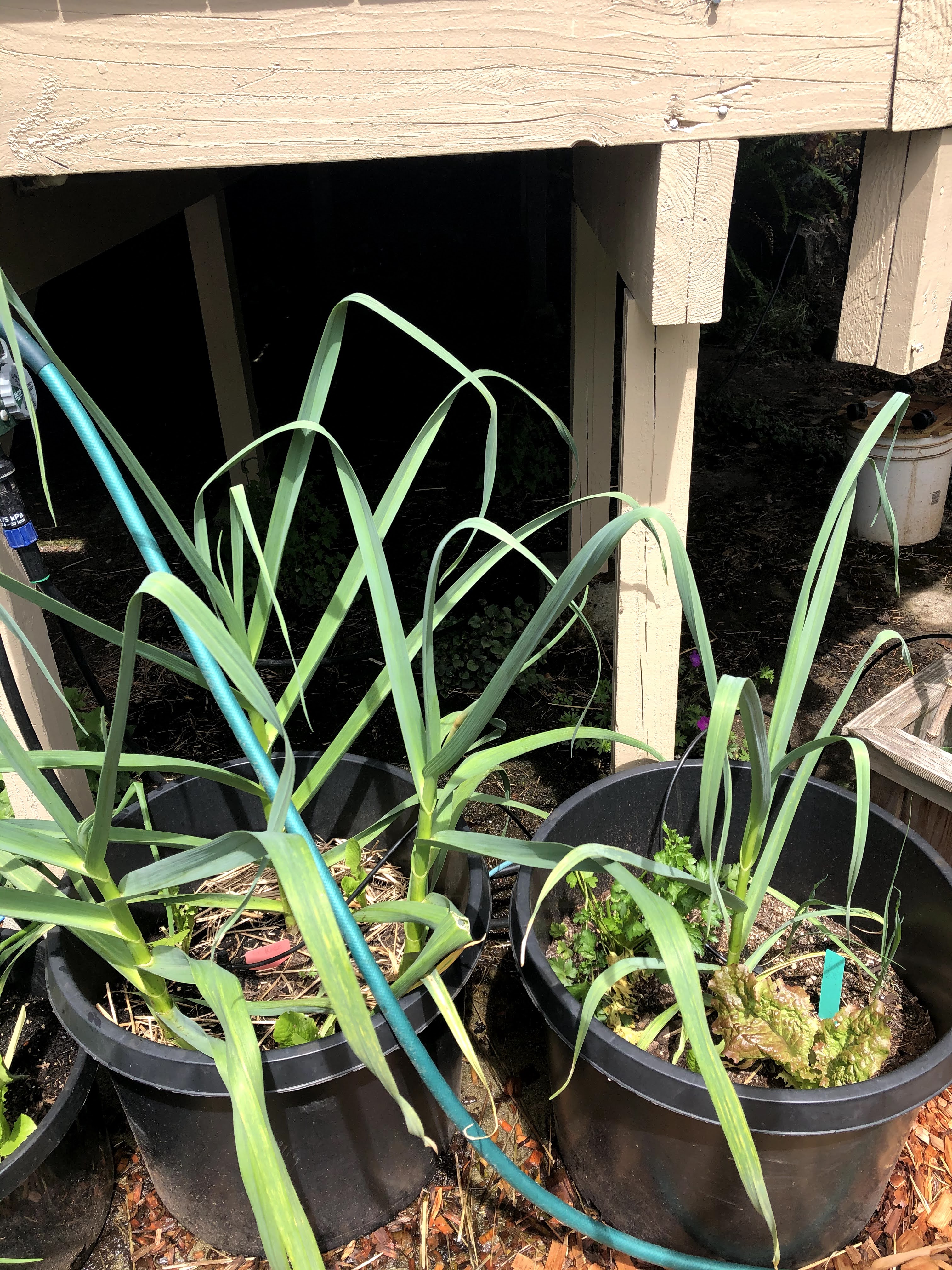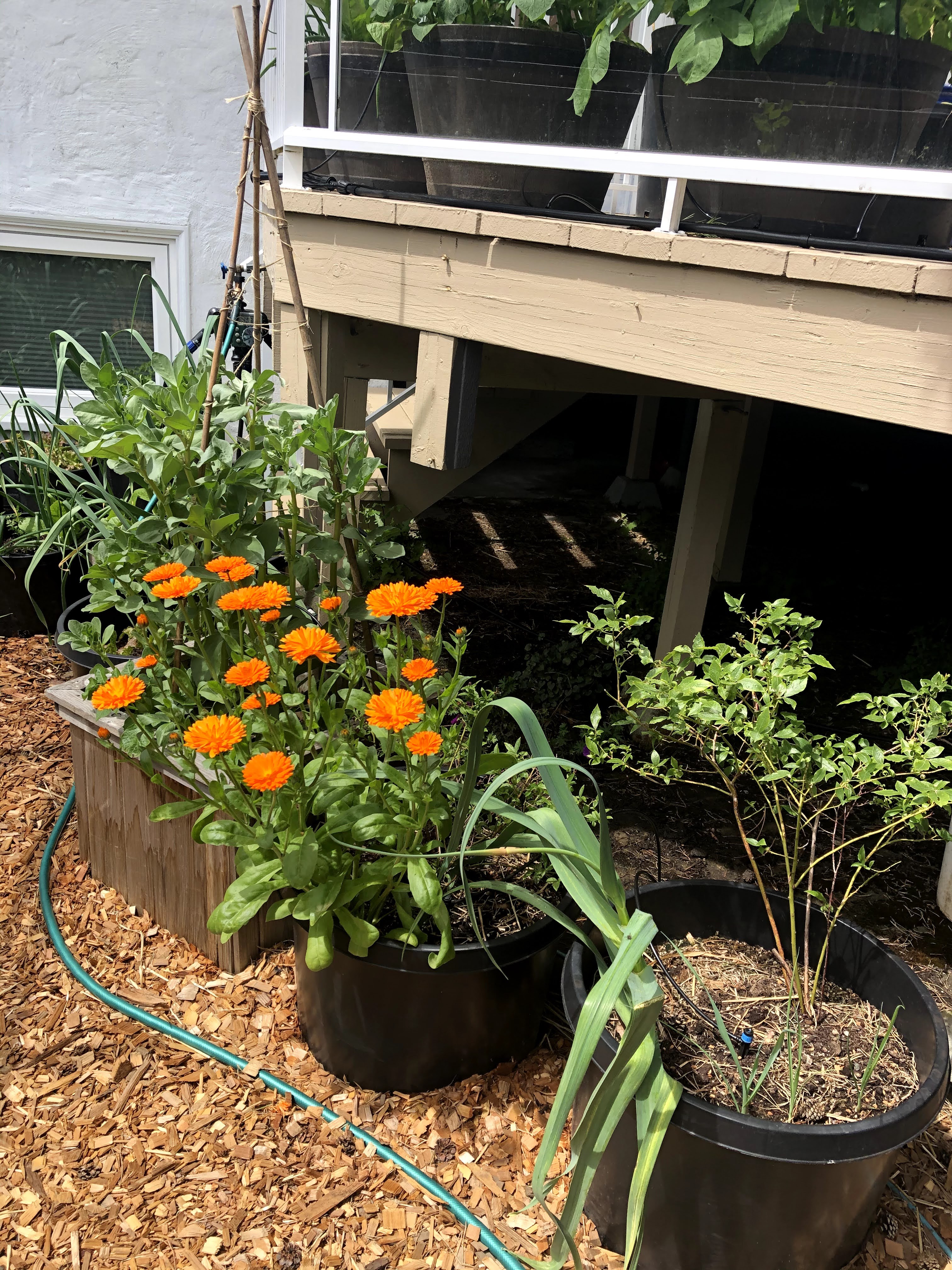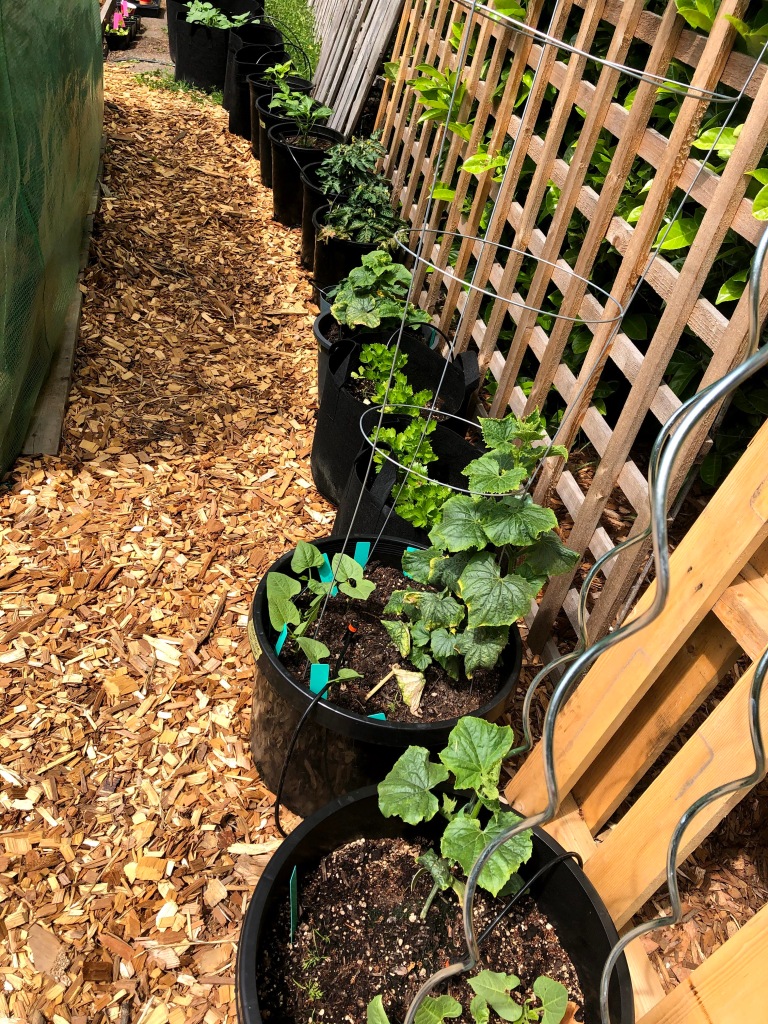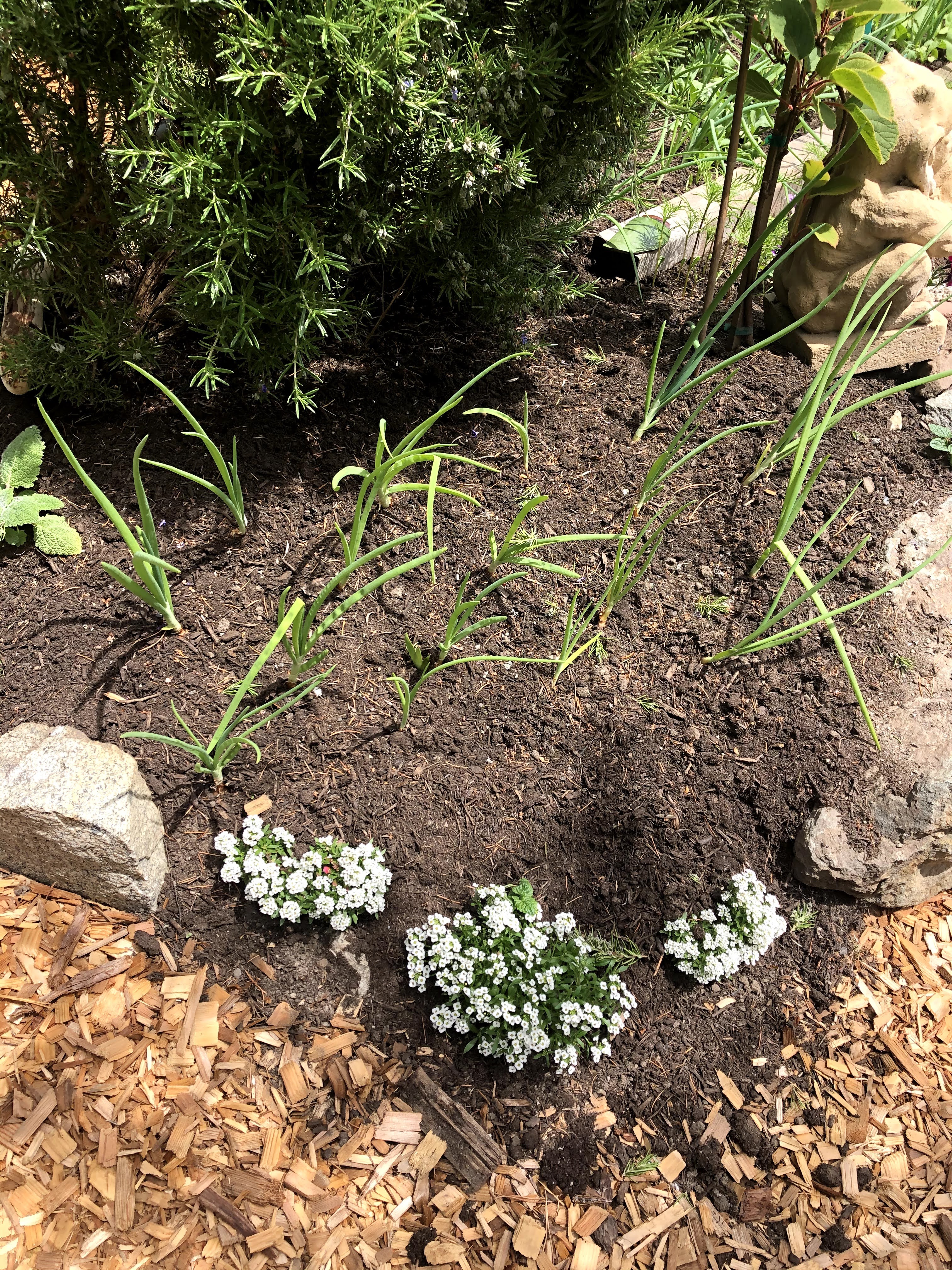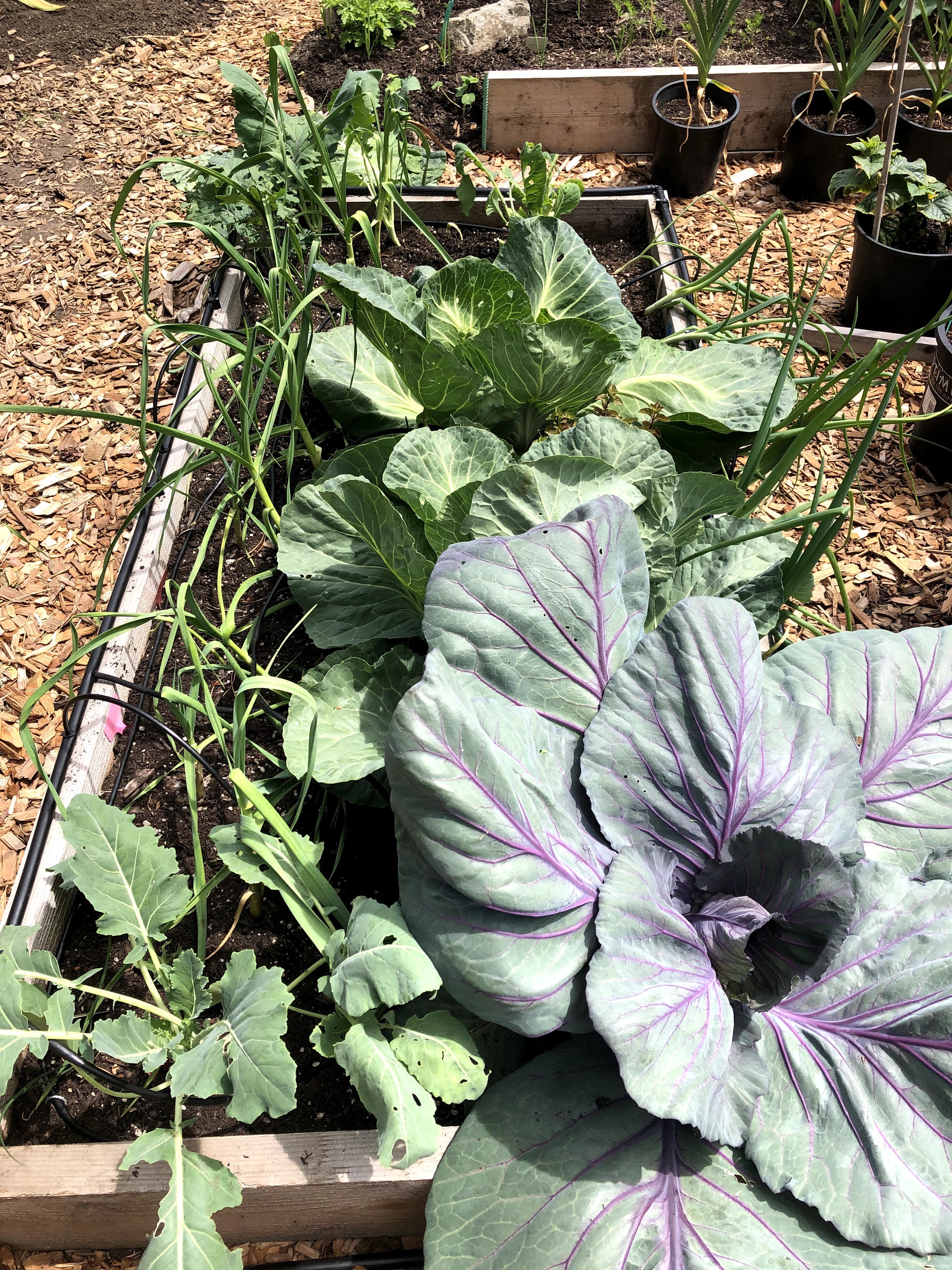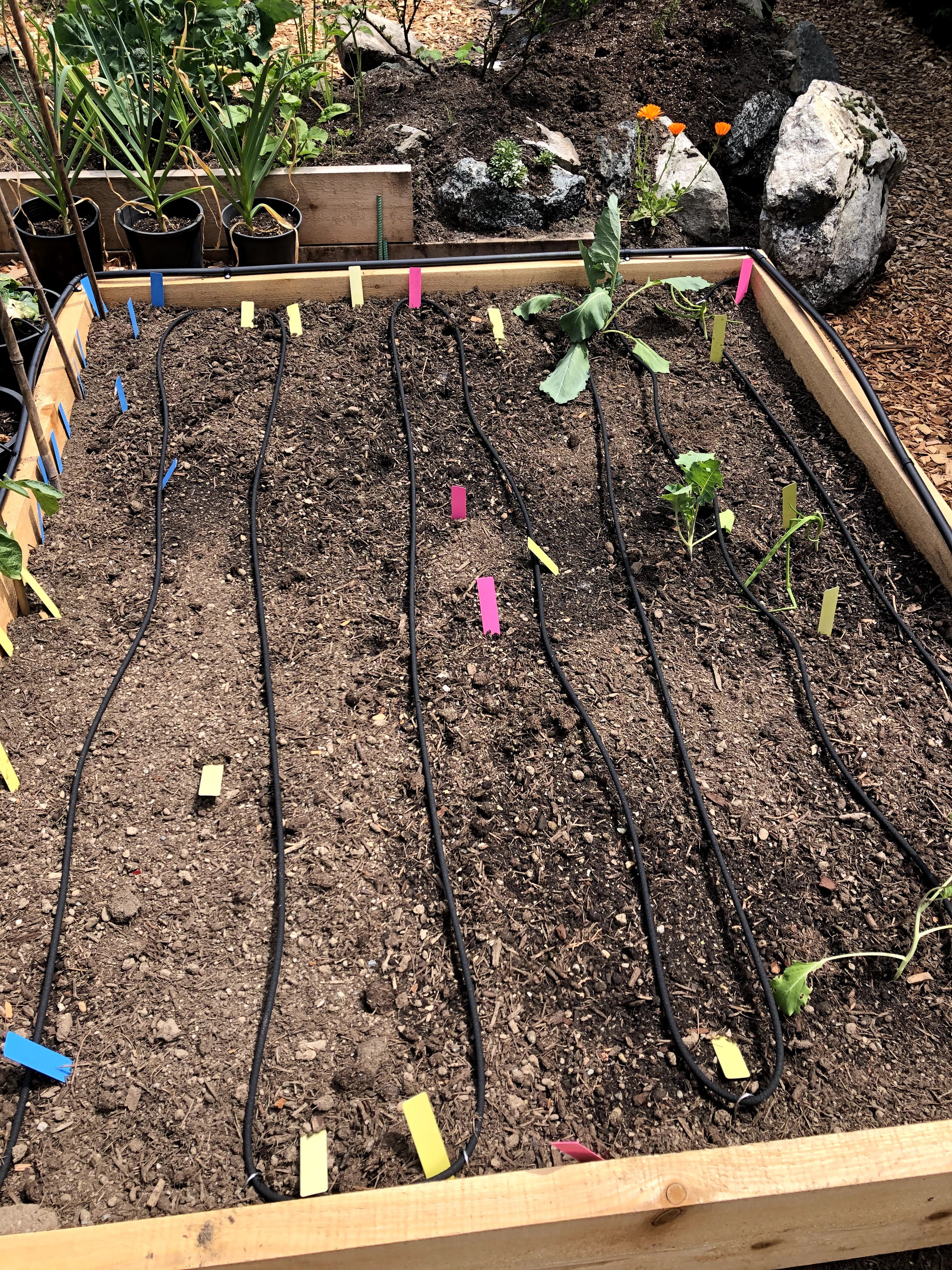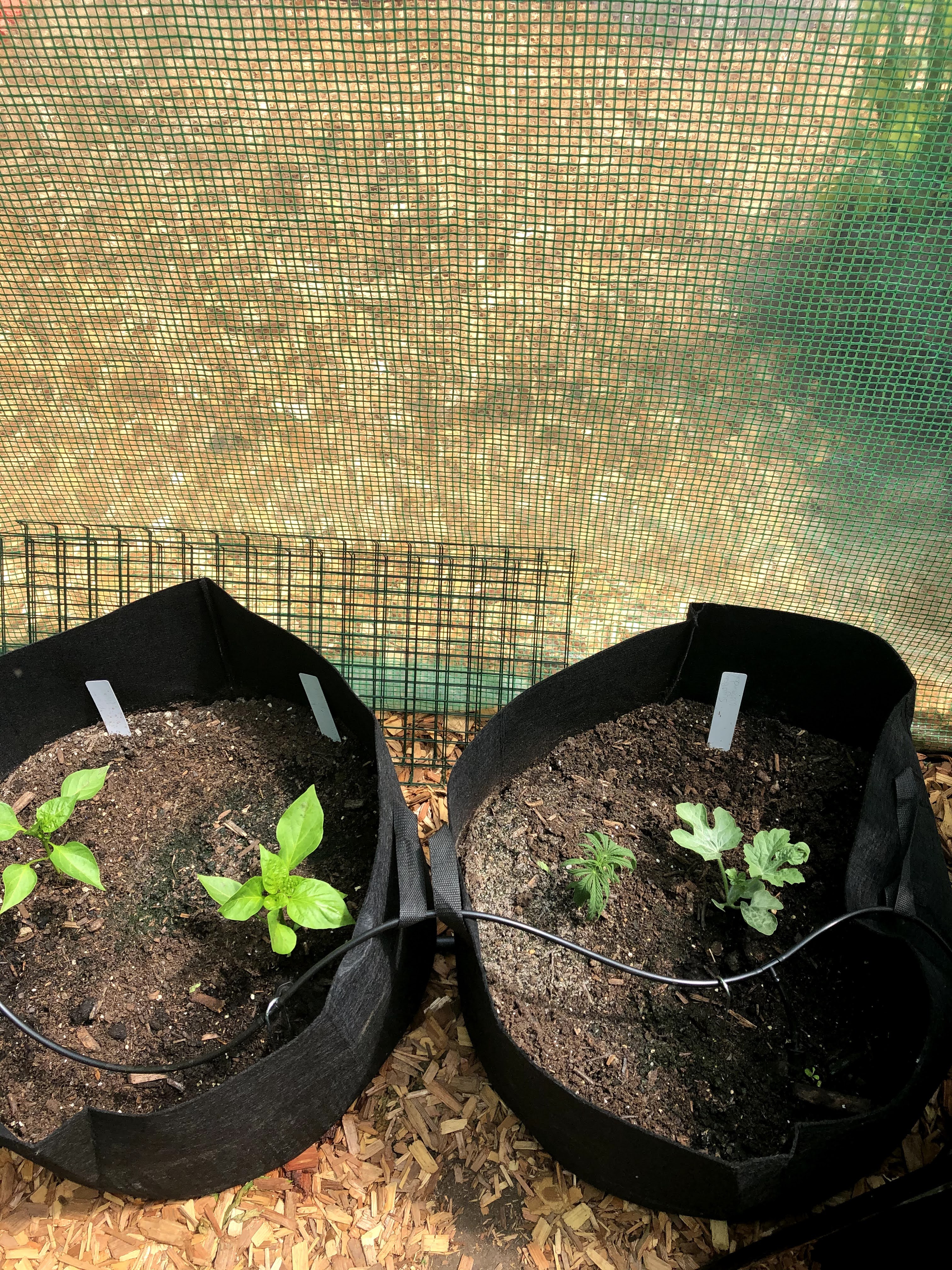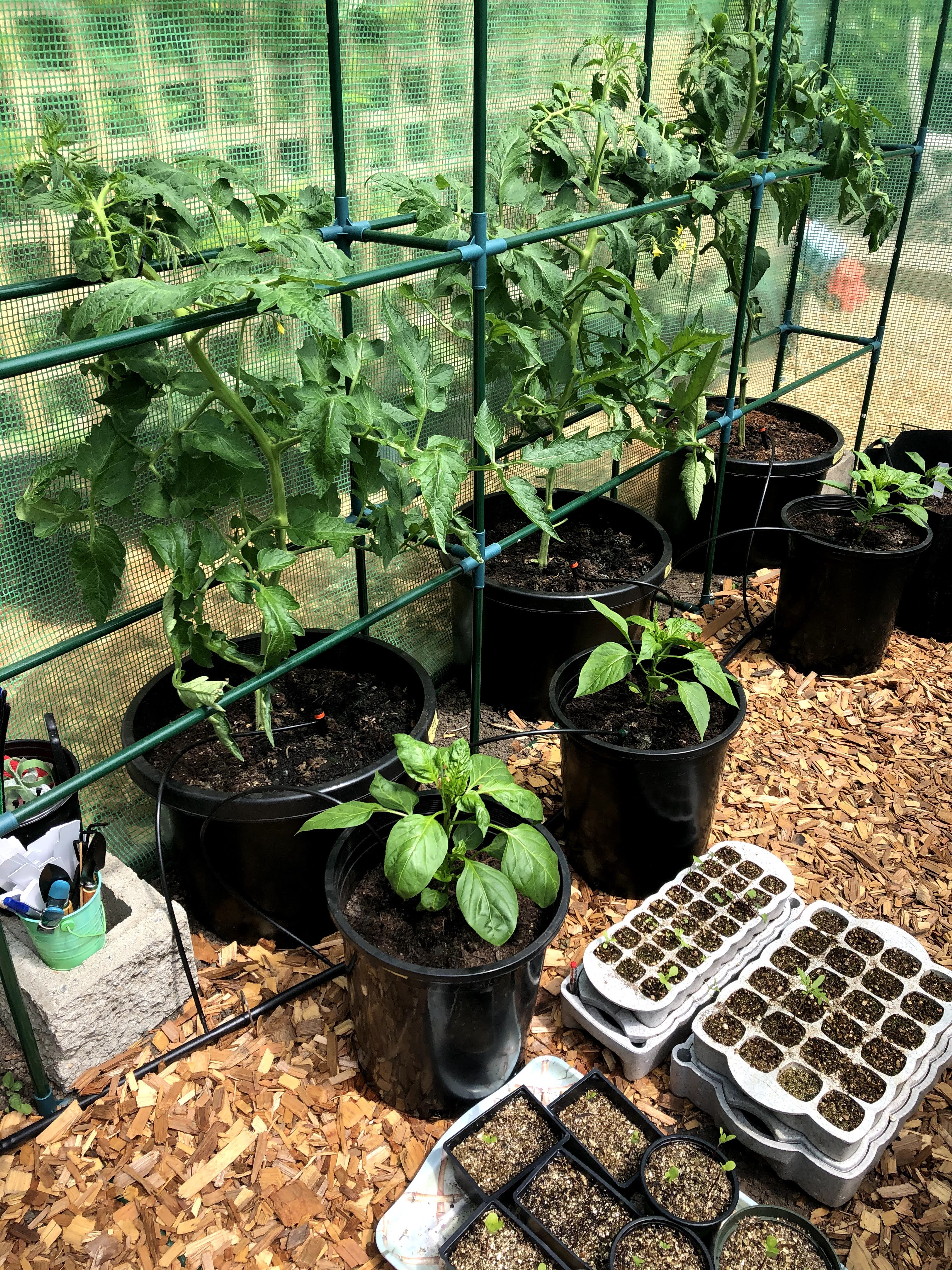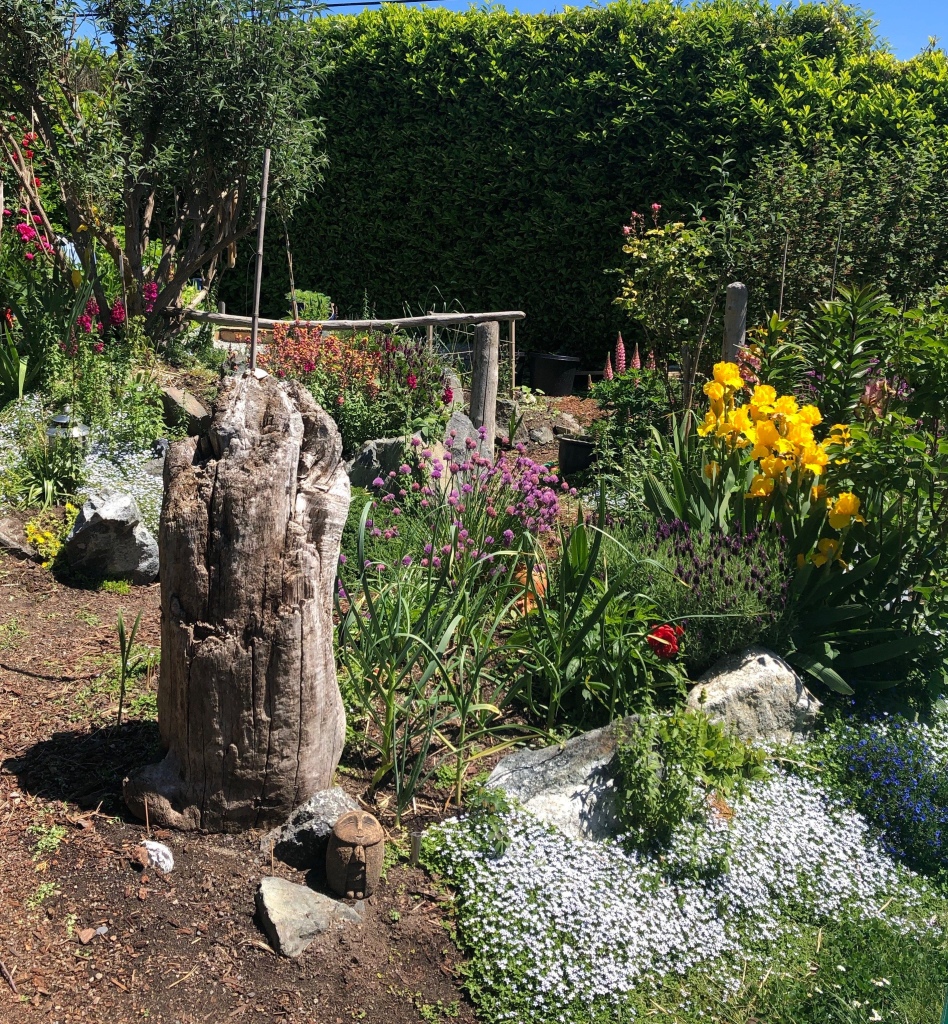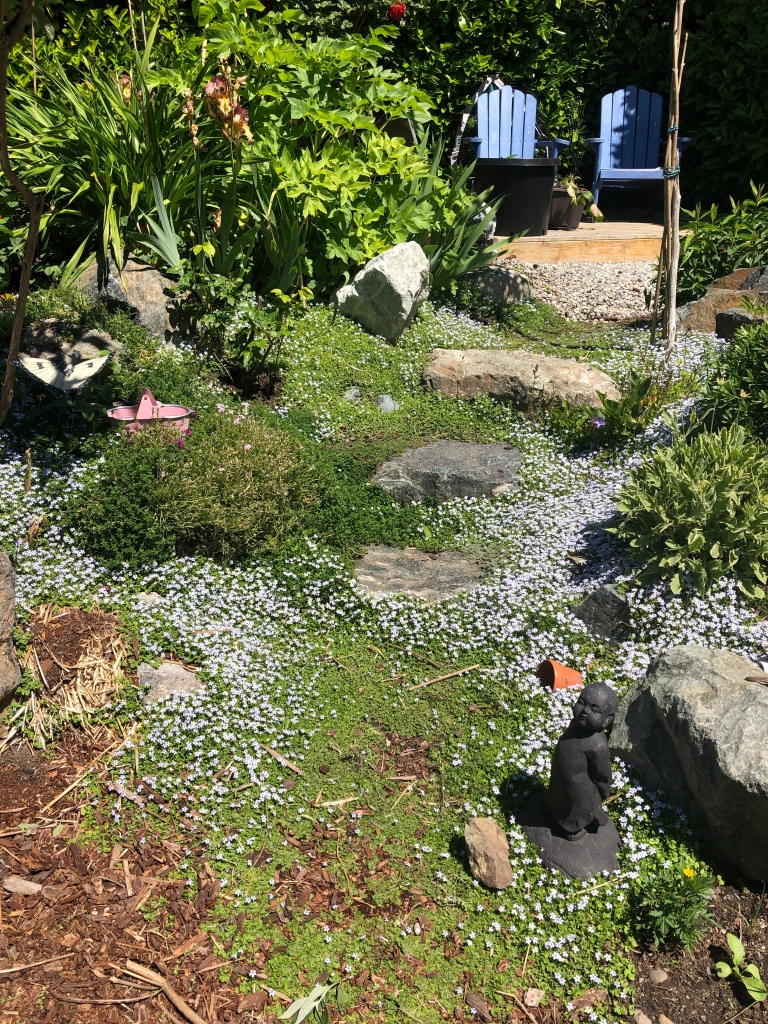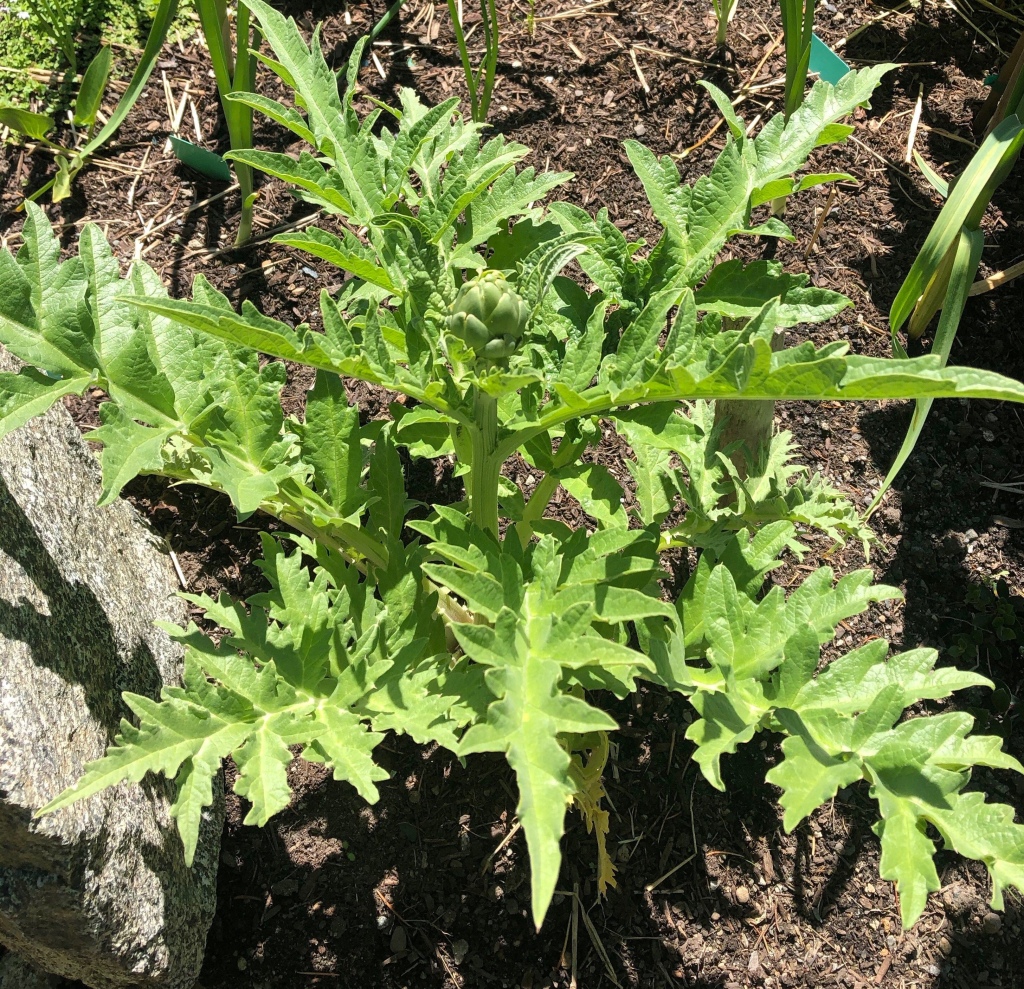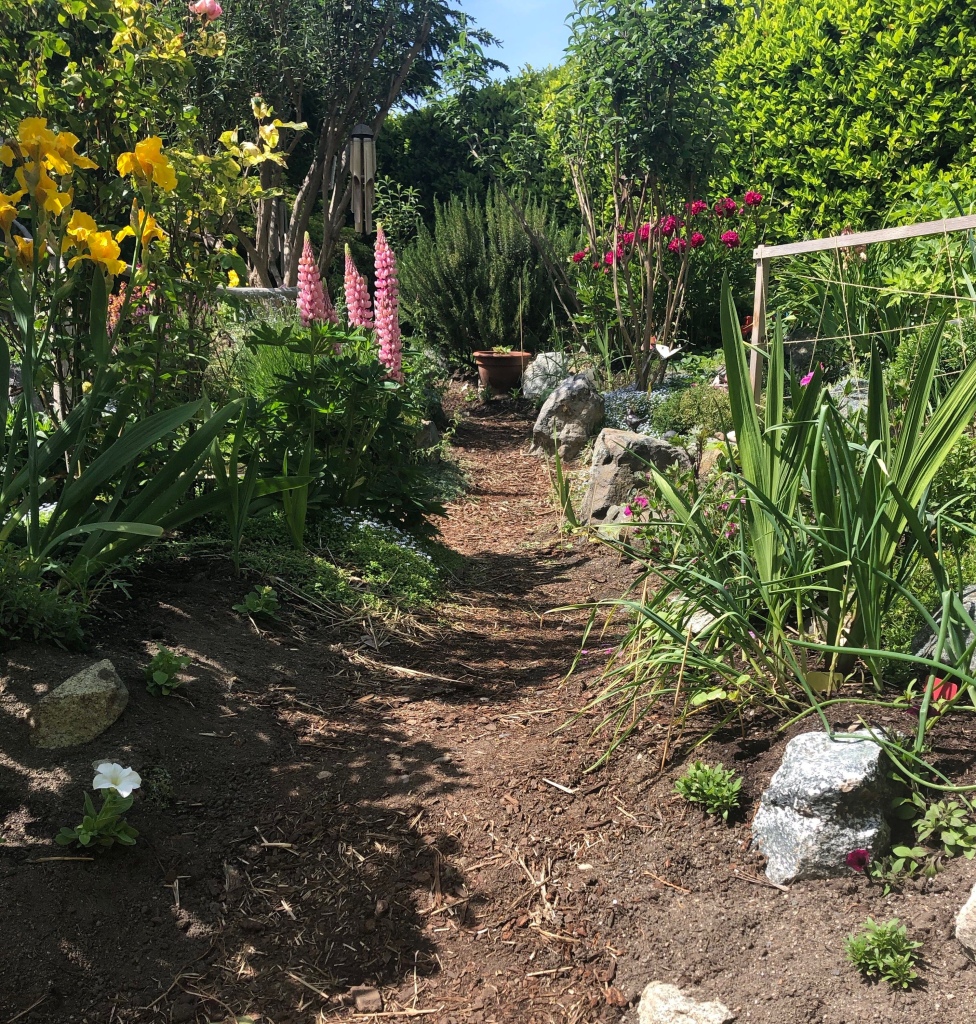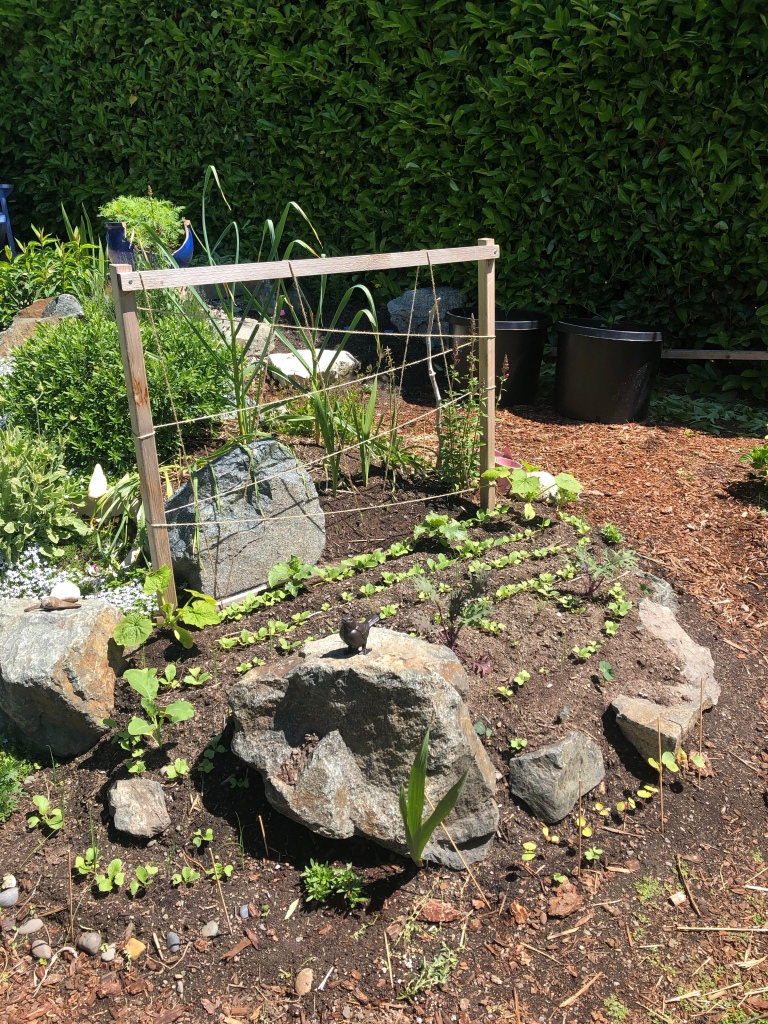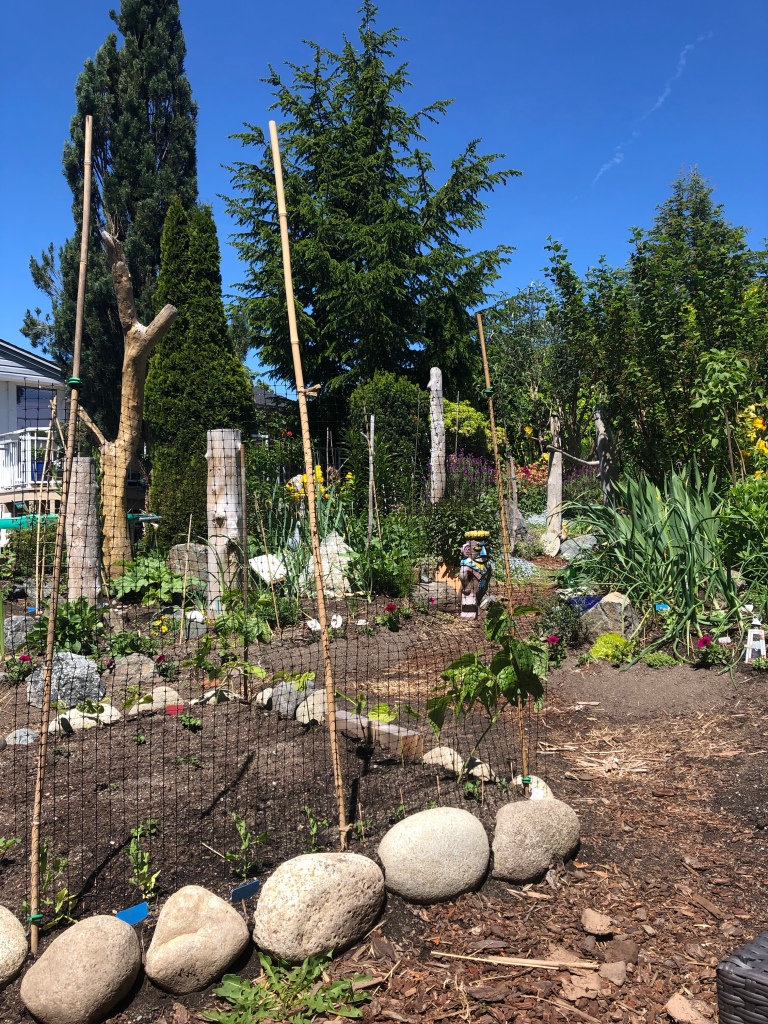It’s been a long six and a half years since my MS diagnosis, seven since the relapse that made teaching impossible, but I’ve healed more than I thought possible back in 2015.
I attribute my healing to various things, namely a healthy, stress-free lifestyle, low-dose Naltrexone (LDN), a healthy, mostly vegan diet, circadian fasting (more on that later), time in nature and in my garden, and a great dose of luck that this monster isn’t as aggressive for me as it is for some people.
The biggest factor in the last year though, has been exercise. I thought they were lying. When you barely have enough energy to breathe, how can you possibly exercise? Or, when you do have the energy, you go as hard as the ‘old you’ could manage, then end up in bed for days, useless as braces on a duck.

Photo by Skyler Ewing on Pexels.com
So I decided I needed to be methodical about it, and make a commitment to myself to spend half an hour a day using it before I lose it. Never mind MS, age starts gnawing away at the natural strength you used to take for granted and it’s a slippery slope. If I can binge watch Survivor at the end of the day, surely I can carve out half an hour for exercise.
Remember the movie About A Boy? Hugh Grant’s character was a rich layabout who organized his days in thirty minute increments. It became wisdom to me when I was first on disability, and now at least one of those thirty minute chunks is devoted to exercise.
If the weather permits, my exercise is walking outside because it also checks off another important part of my morning routine which is at least 30 minutes of sunlight (or a reasonable facsimile thereof-gray skies are still beautiful). I’m all about efficiency!
Otherwise, I either ride the recumbent bike or do yoga or pilates on YouTube. There are some amazing channels out there, I’ll link a few favourites at the bottom. The trick is, pick the beginner videos. You have nothing to prove except a commitment to consistency.
I know, I know, you used to be able to handle intermediate or advanced, but remember the braces on a duck? While incongruous, it speaks nothing to the true pain you can cause yourself by trying to do too much too fast. Maybe we should picture a tortoise with a headband instead. Since I’ve been limiting myself to gentle but CONSISTENT exercise, I have finally been able to maintain an exercise routine and start to see and feel the benefits.

the tortoise→ MS Warrior
the hand → MS
The tortoise might be caught but he never stops moving!
My newer, all-time favourite paid exercise program, that I do two or three times a week because it always leaves me with a smile on my face, is BodyGroove. With catch phrases like “you can’t do it wrong” and “do whatever feels good for your body”, they have turned exercise into a fun way to connect with your body and dance like it’s 1988.
For each song, they introduce three different rhythms that are simple enough for you to interpret however you want but sooo good for your cognitive health. Check out these articles for all the benefits dance provides.
https://www.news-medical.net/health/Is-Dancing-Good-for-the-Brain.aspx https://www.sciencedirect.com/science/article/abs/pii/S014976341830664X
I’m not affiliated in anyway, I just think it’s a great program for anyone chronically ill, as they have all sorts of people demonstrating and showing how much you can do even sitting down. You don’t need any experience but I grew up dancing in a fairly serious way so I love that I can reconnect with that previous iteration of myself, even on days when the MonSter makes my movements sluggish and difficult.
On my darkest days, stuck in my bed, I dance in my head like I used to as a child. With strength, freedom and passion. Now, even on my mediocre days, I can push myself to do it because “you can’t do it wrong”. You need to move your body, so why not groove your body?
It was my oft-mentioned, well-respected naturopath, Dr Pamela Hutchinson that gave me the idea for the title of this post. Dr Pam believes that exercise should be considered a DMT(disease-modifying therapy), and my neurologist agrees that exercise is the single most important thing you can do to fight MS.
They’re not lying. Move your body, but gently. If you can’t commit to half an hour, commit to five minutes and build up from there. The important thing is to get or keep moving so we don’t lose any more of the mobility and strength that we still have. Fight the fight. You got this!
Top 5 exercises for the chronic illness warrior
- Walk – in nature or at least outside
- Yoga – Jessica Richburg https://youtu.be/zA5oxYvIx0c – Yoga with Kassandra https://youtu.be/6hZIzMpHl-c – Yoga with Adrienne https://youtu.be/v7AYKMP6rOE
- Pilates – Move with Nicole https://youtu.be/NyP_waVgL1w
- Recumbent bike – with a nature meditation video https://youtu.be/tck7E11SdR8
- Body Groove https://www.bodygroove.com
Amanda ❤️

